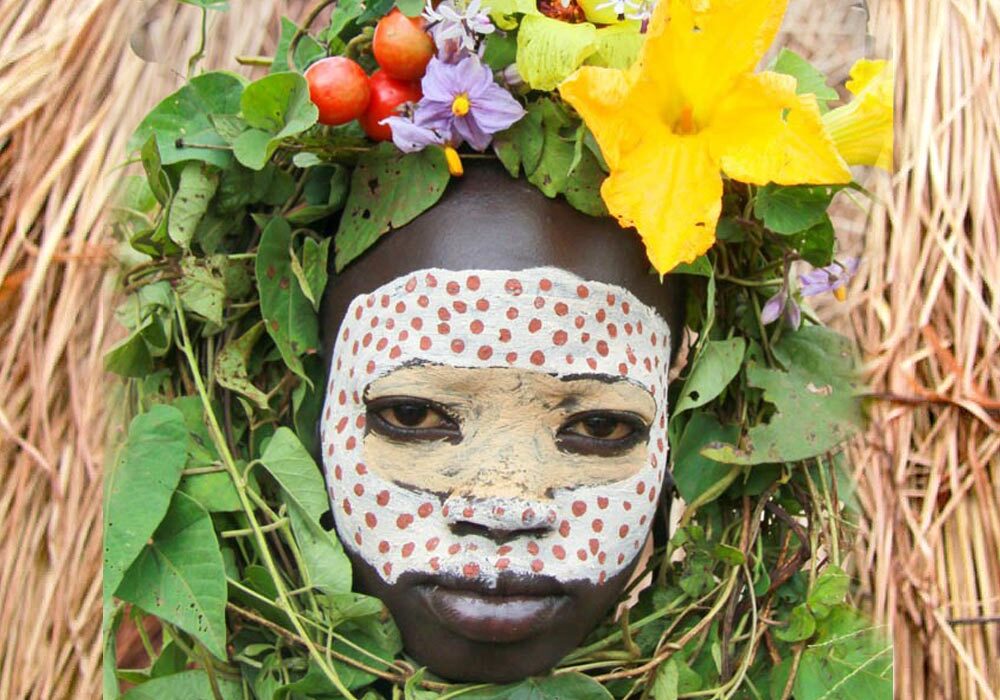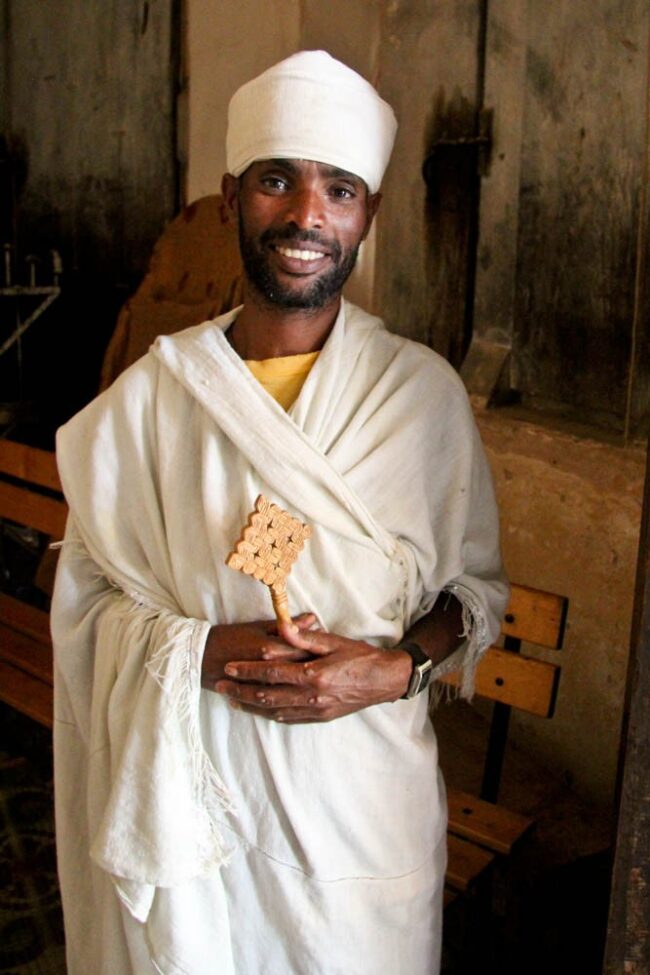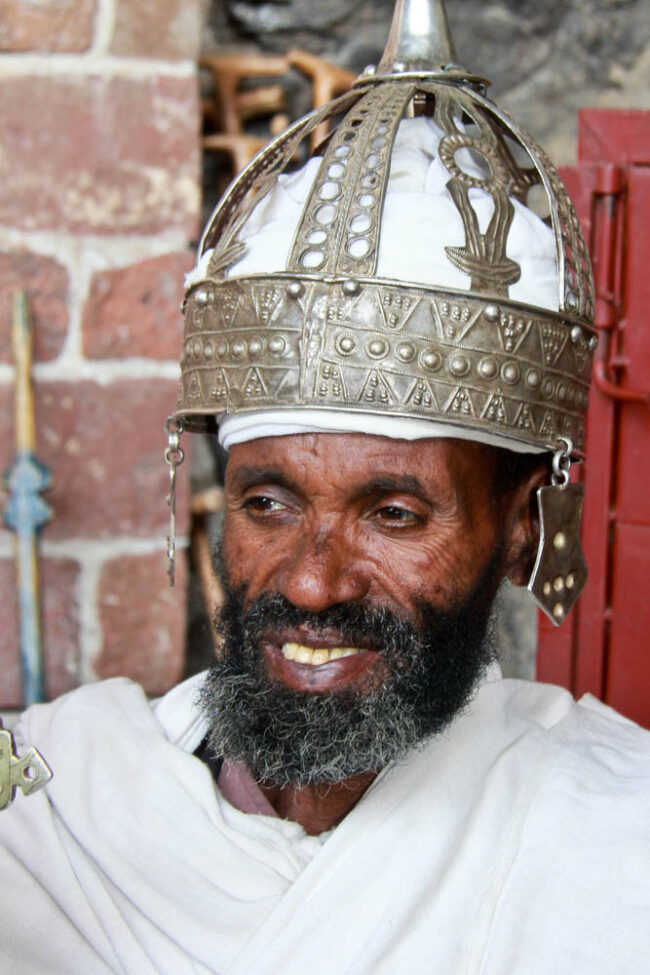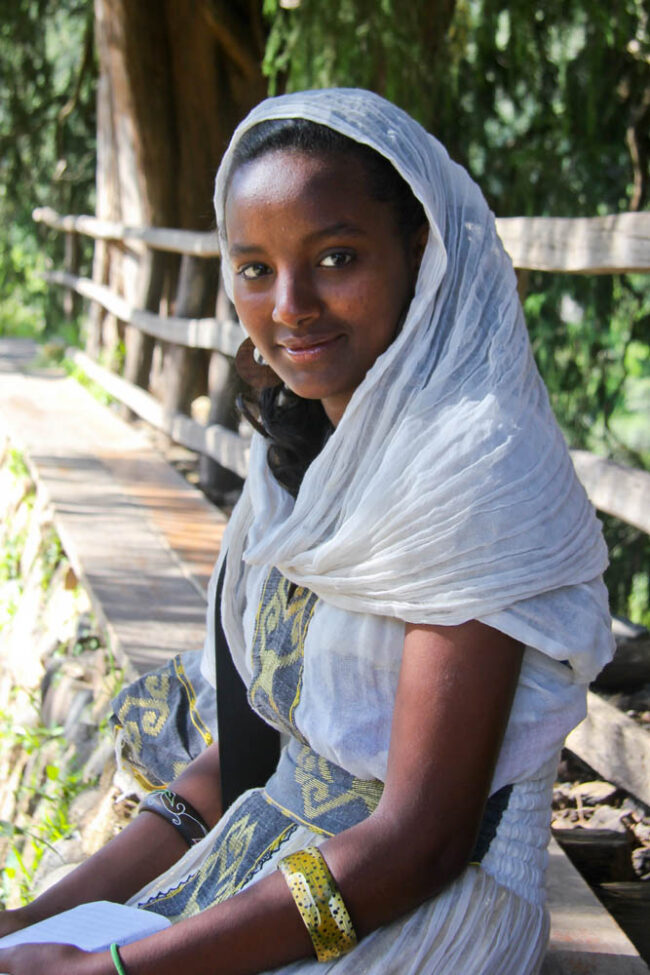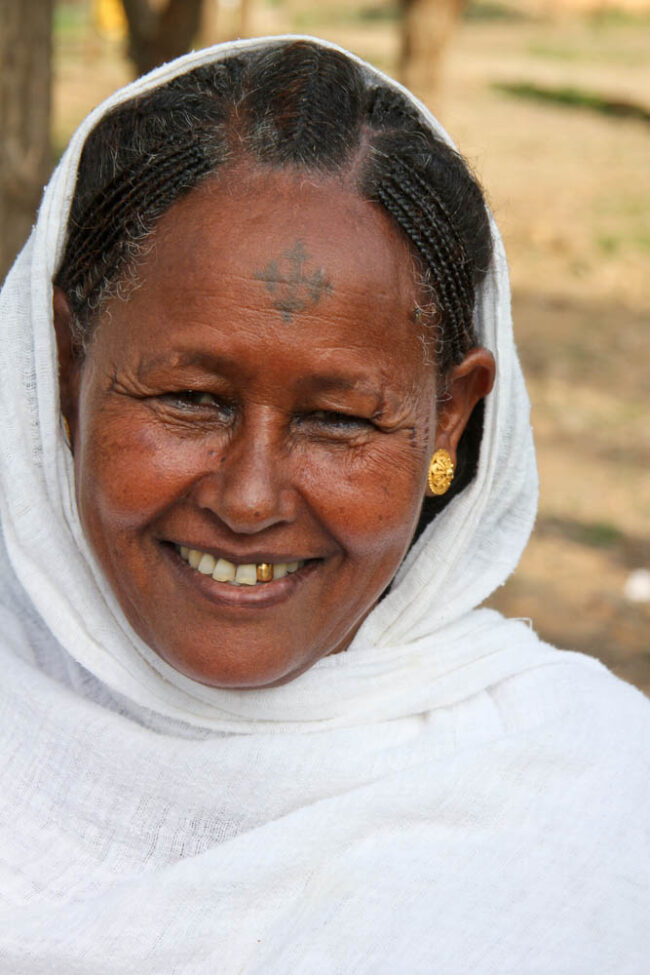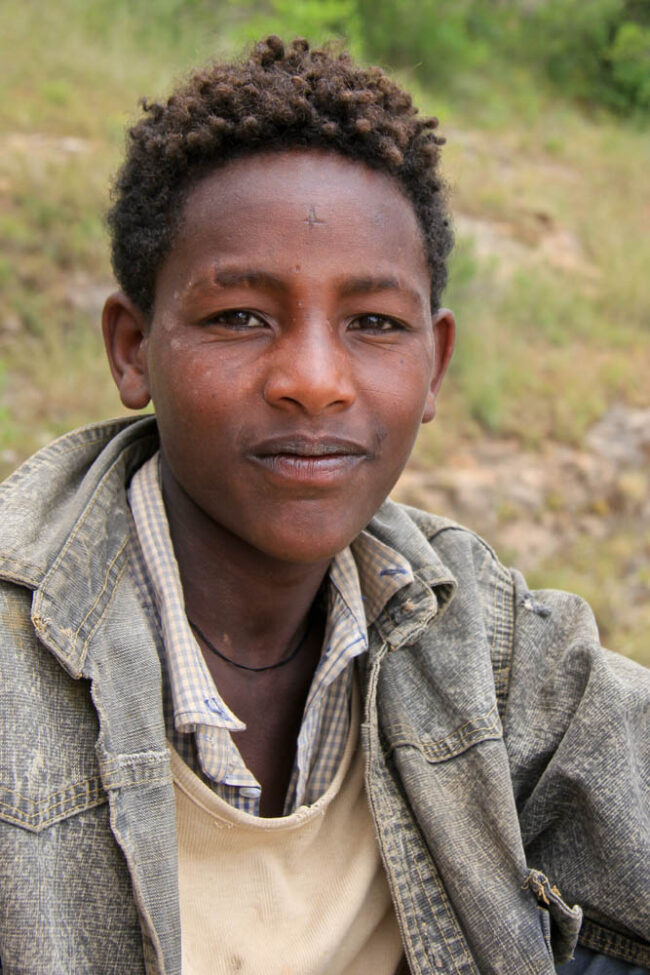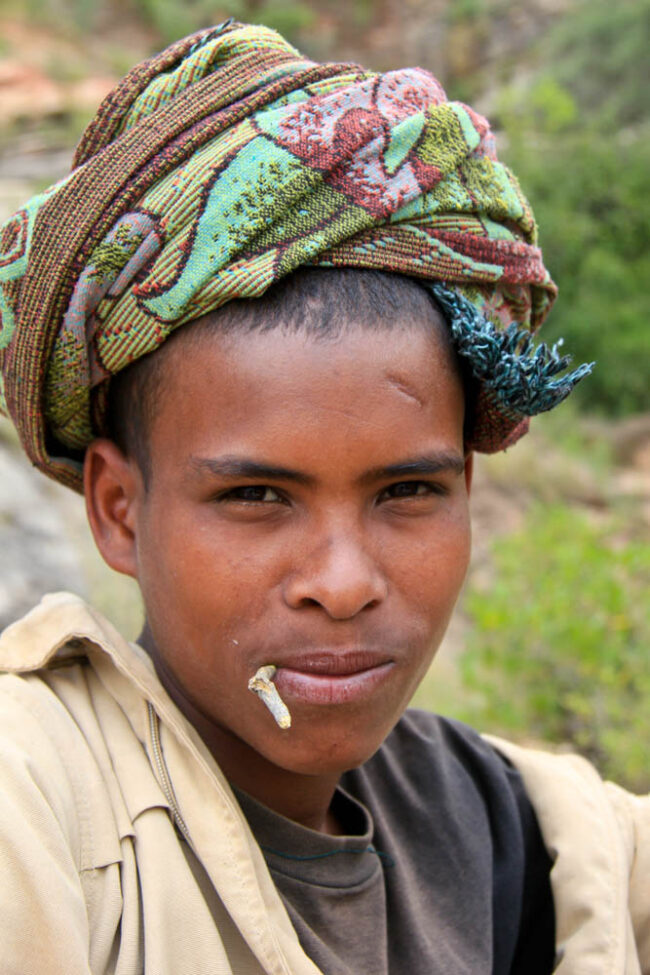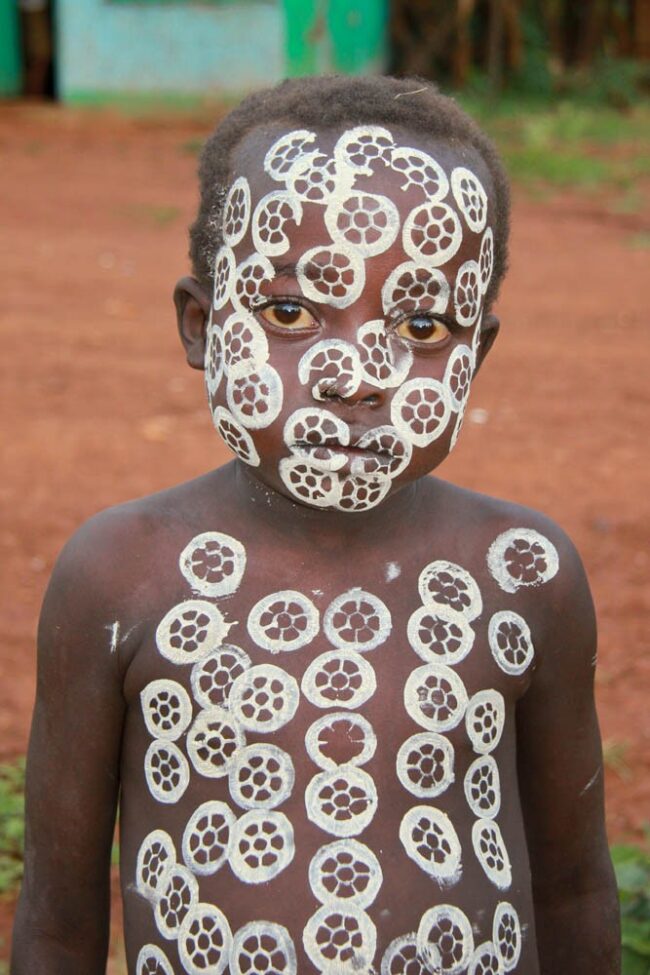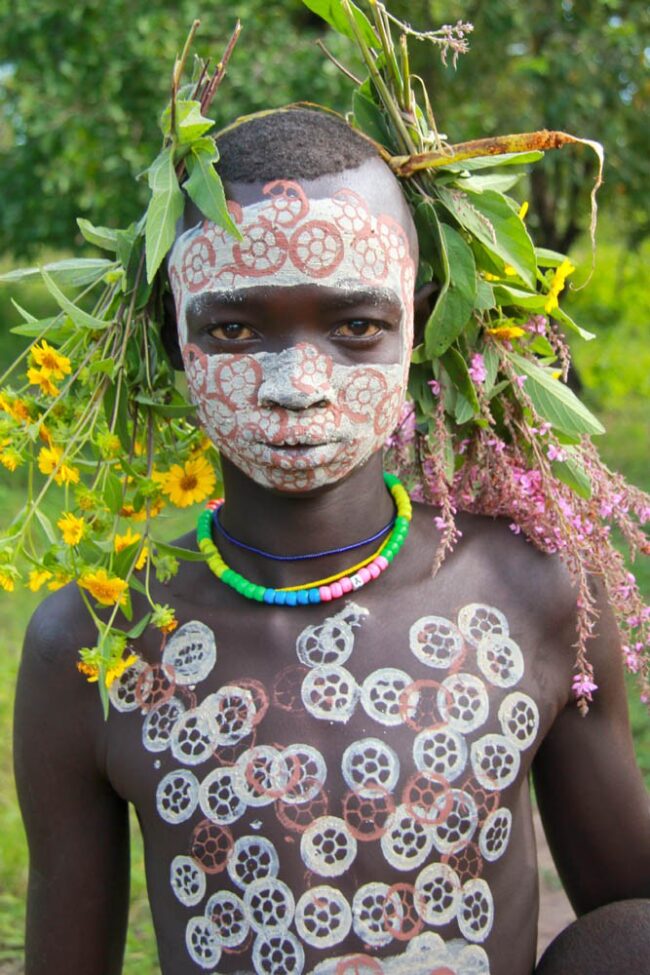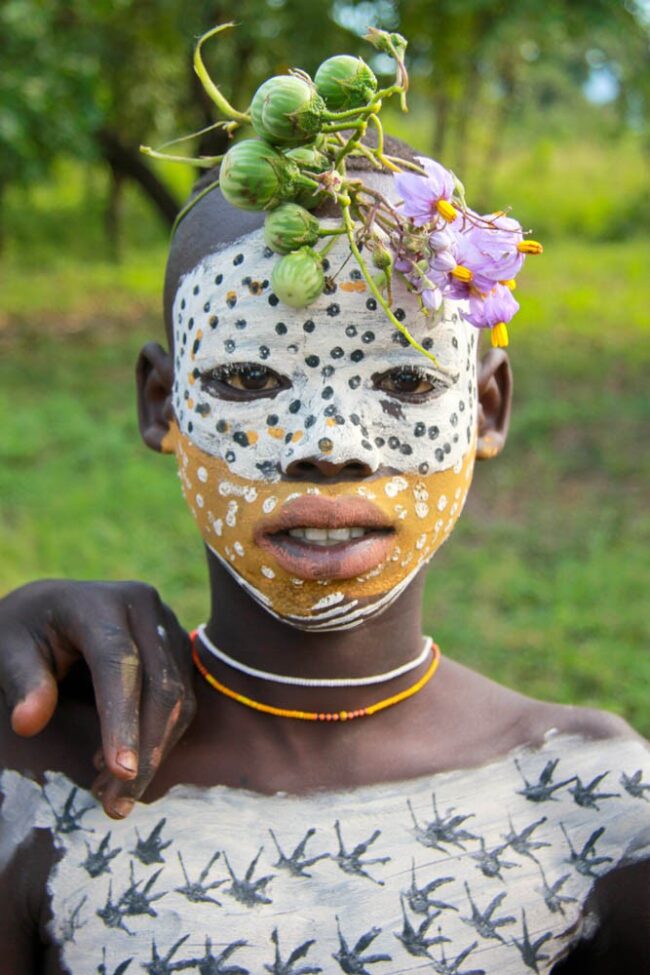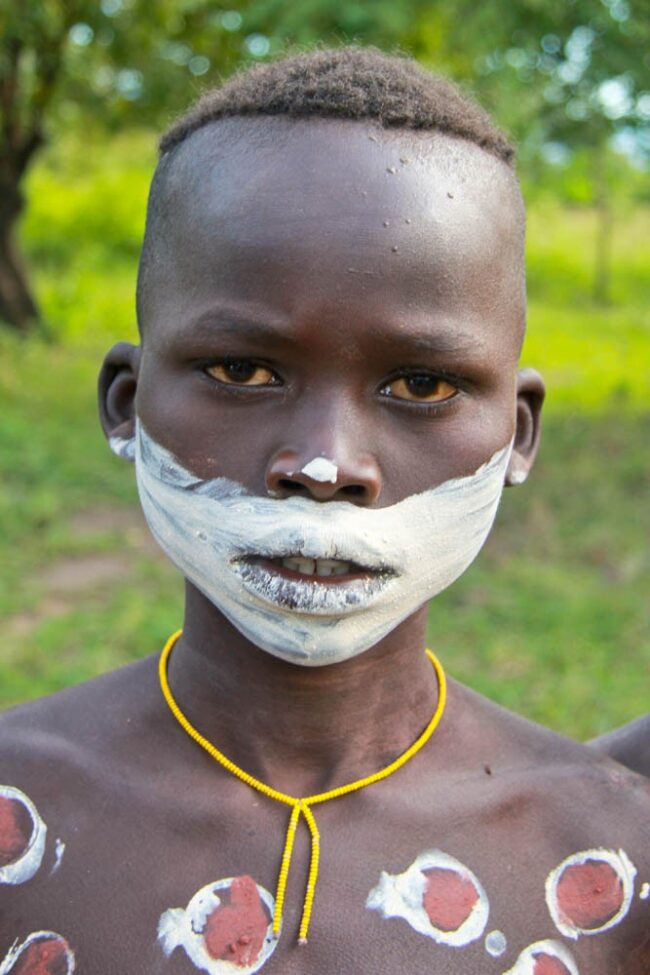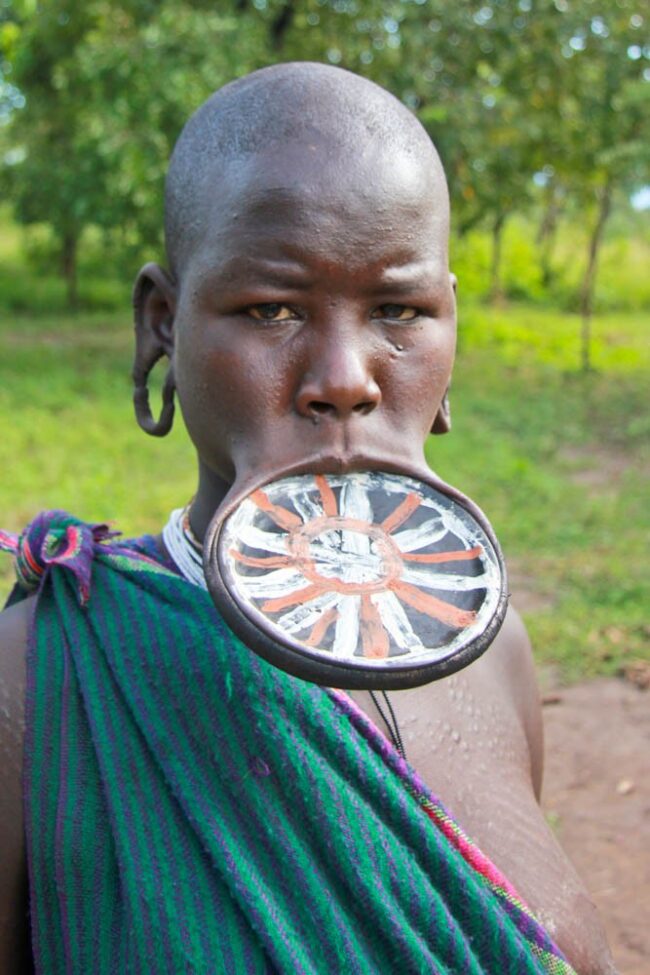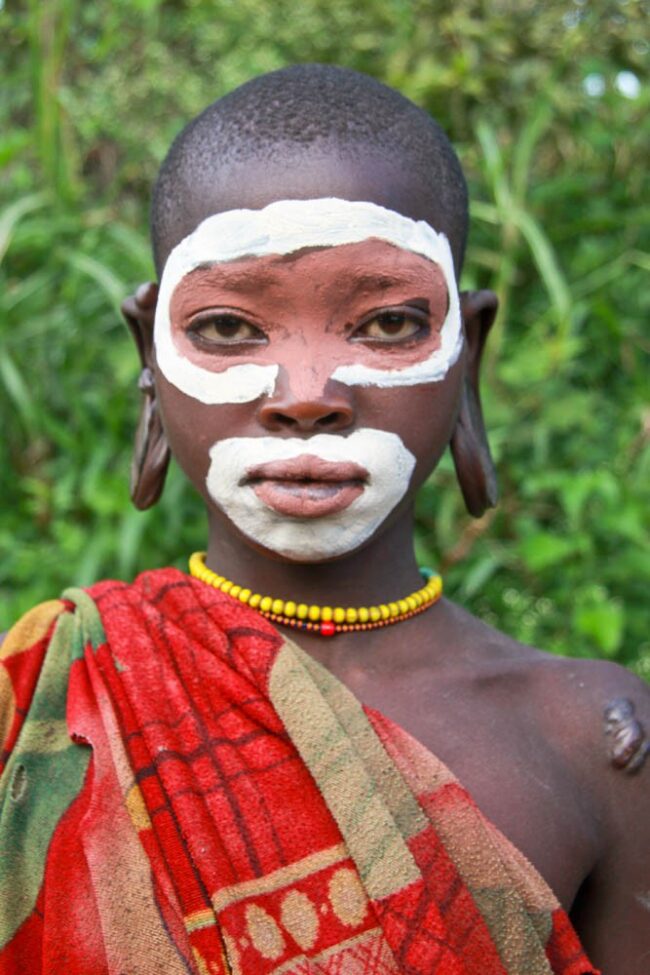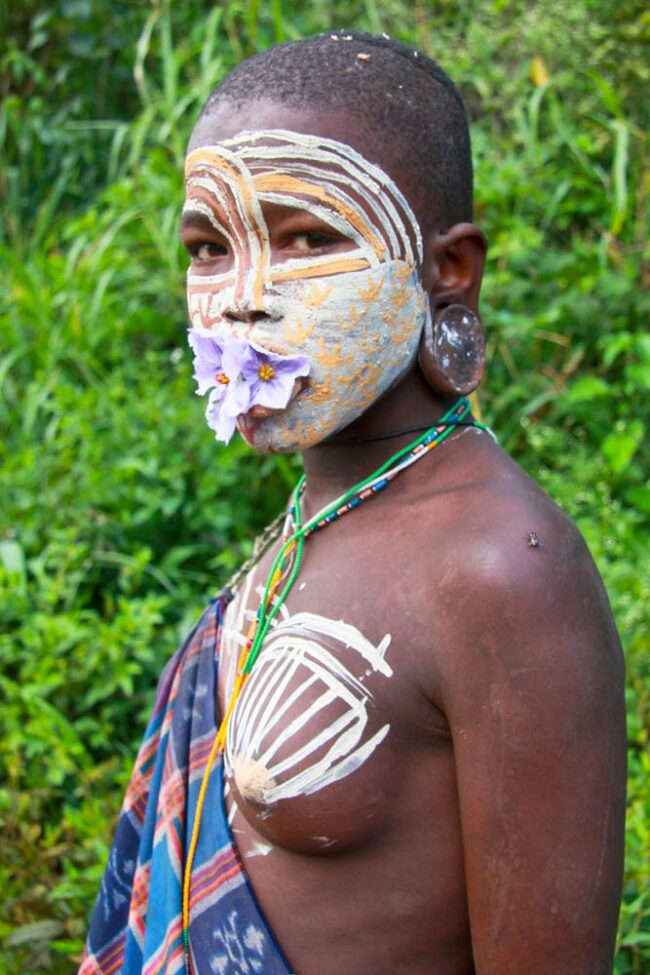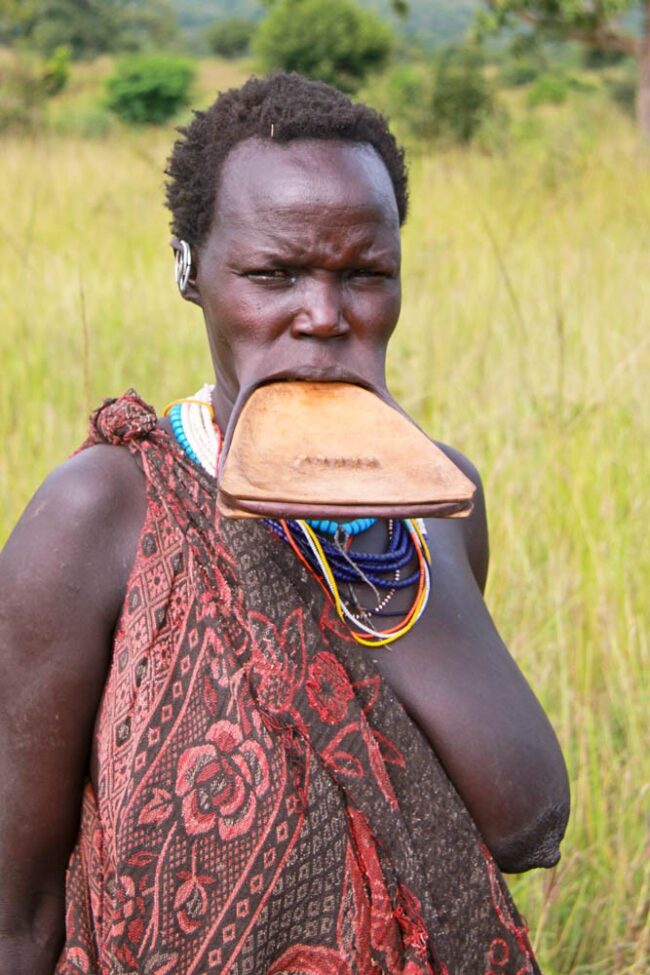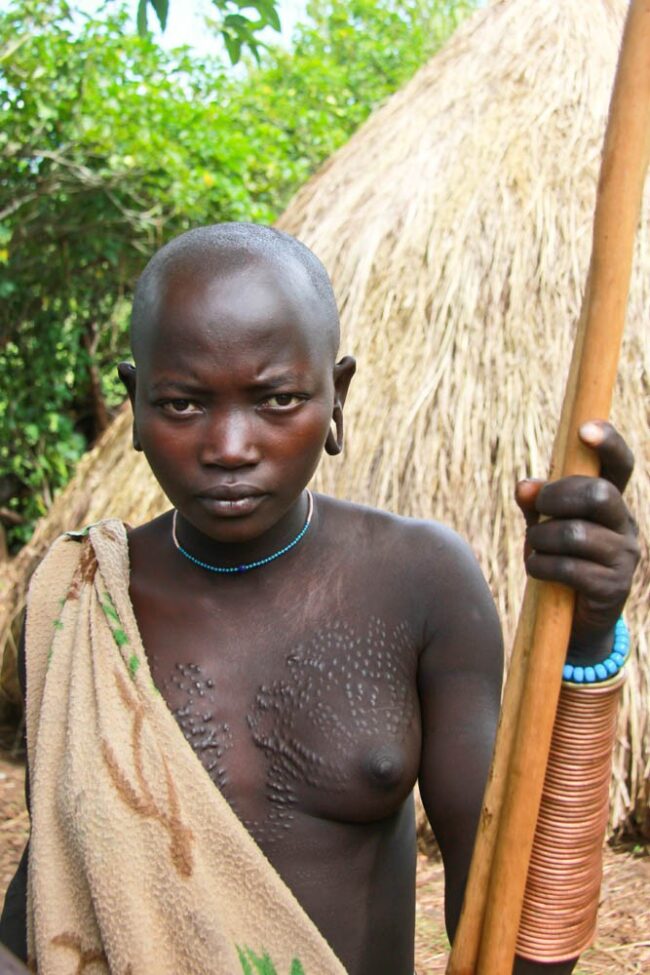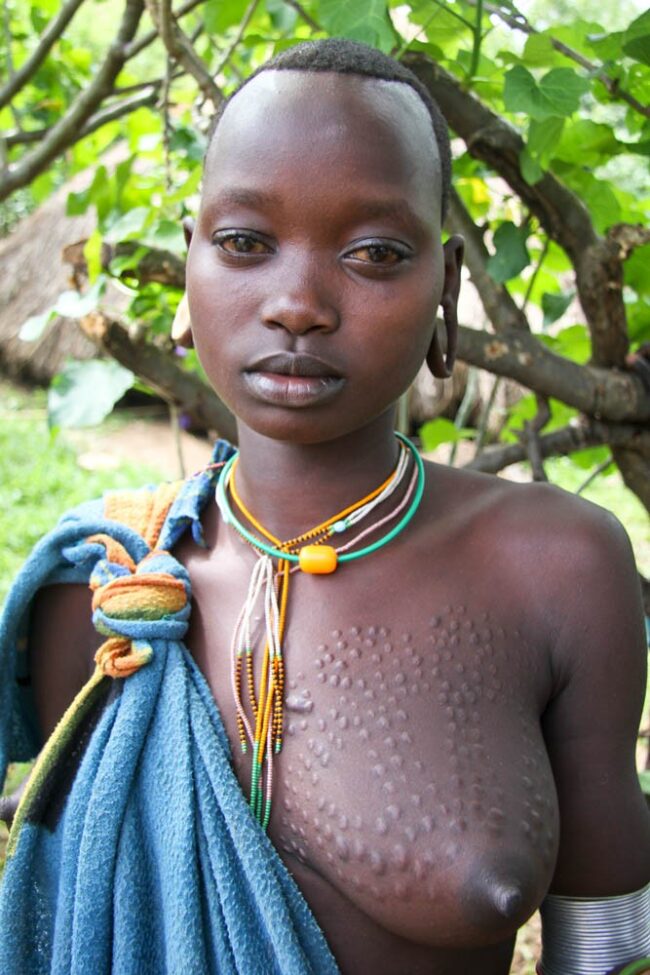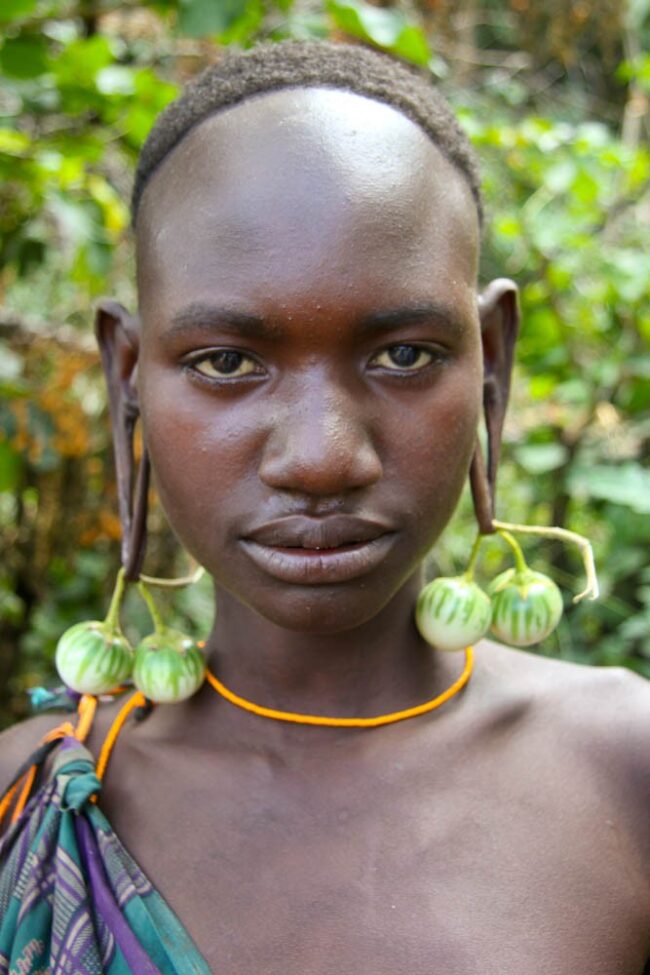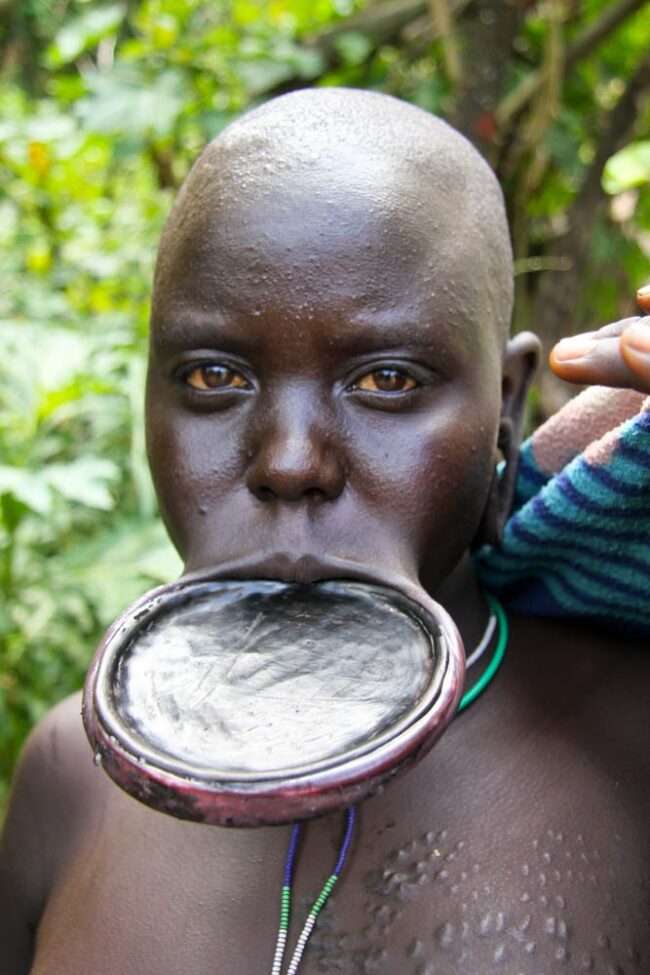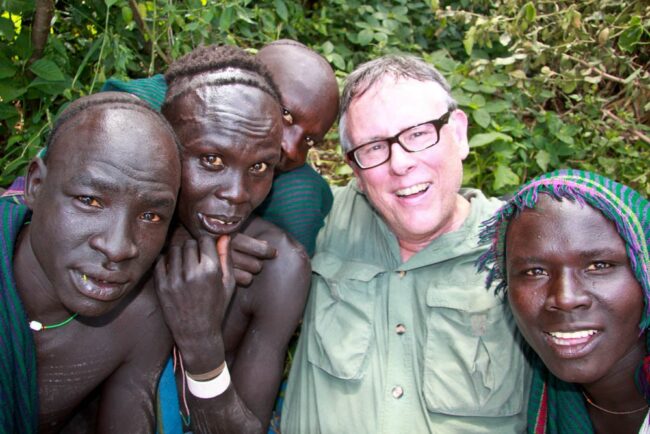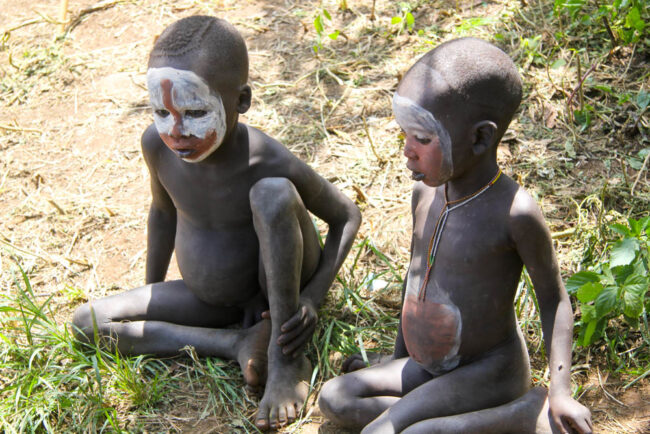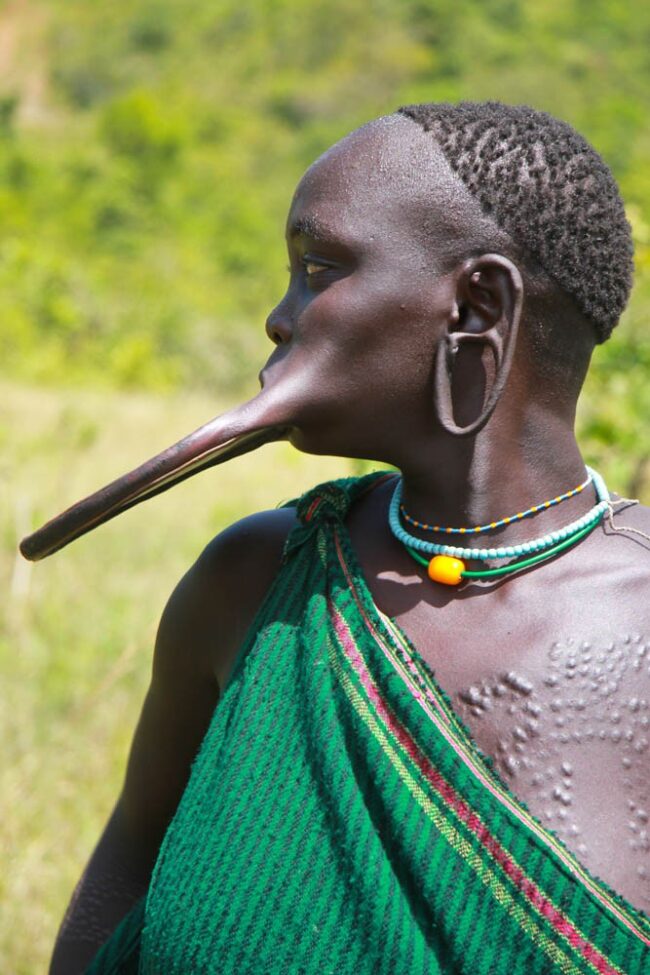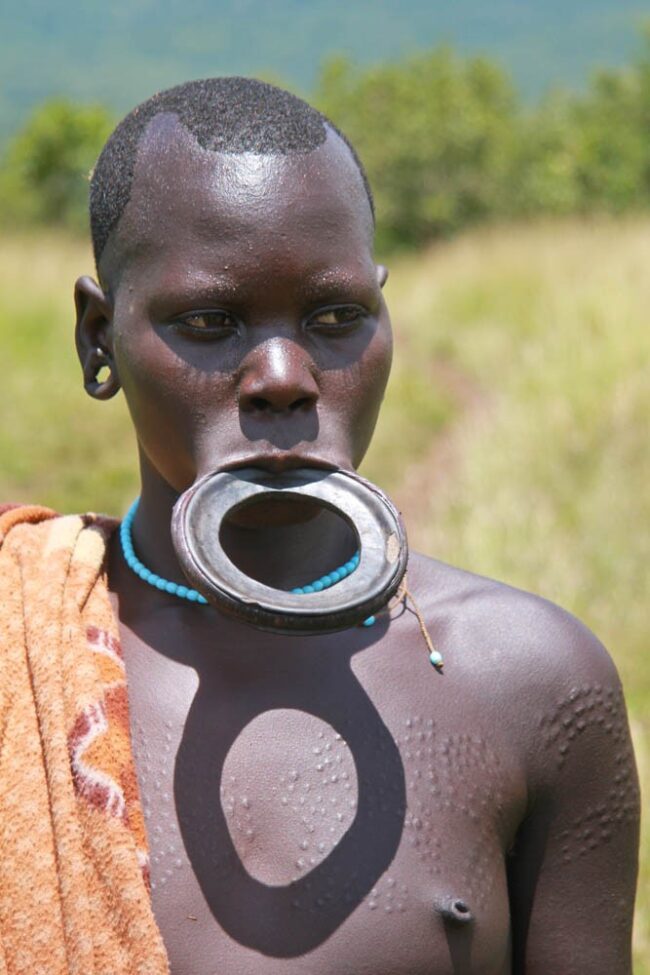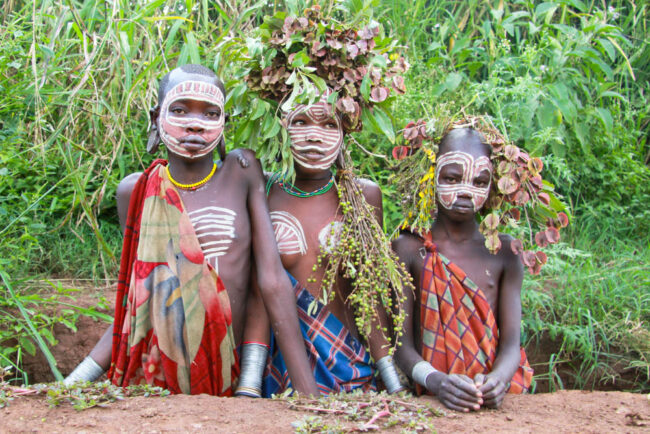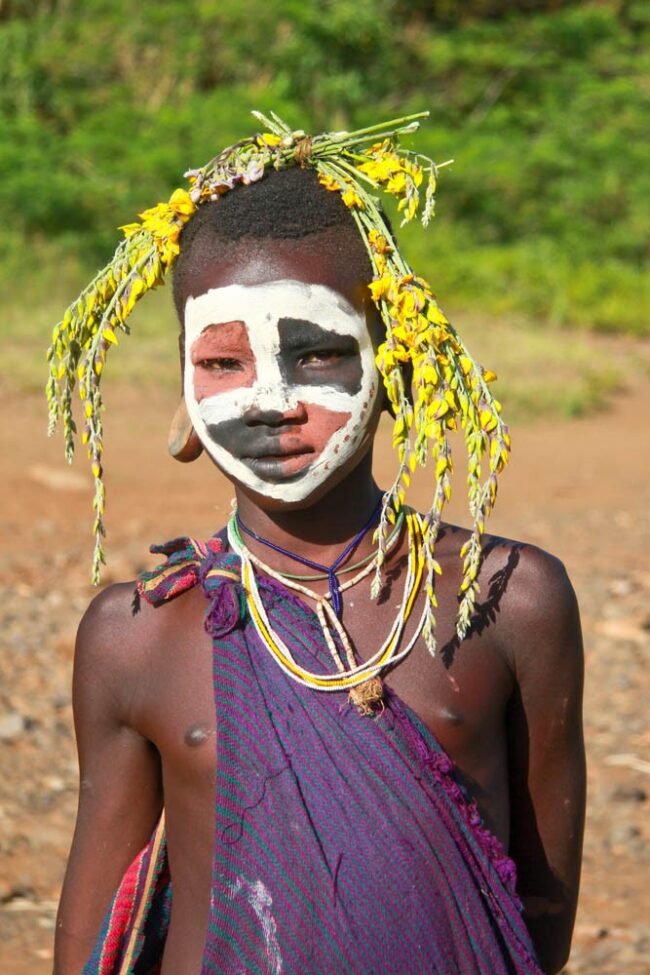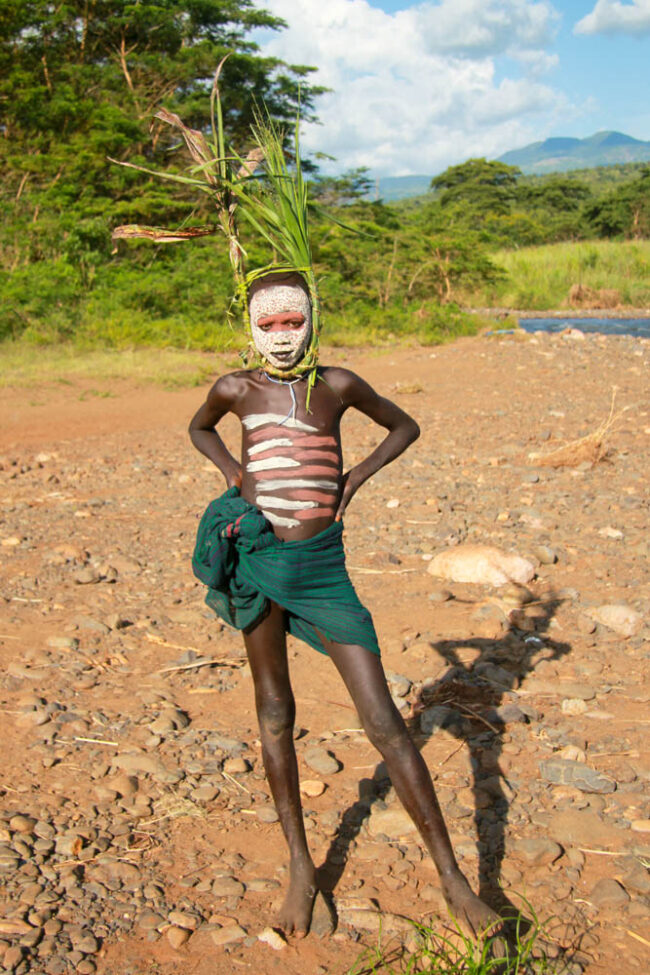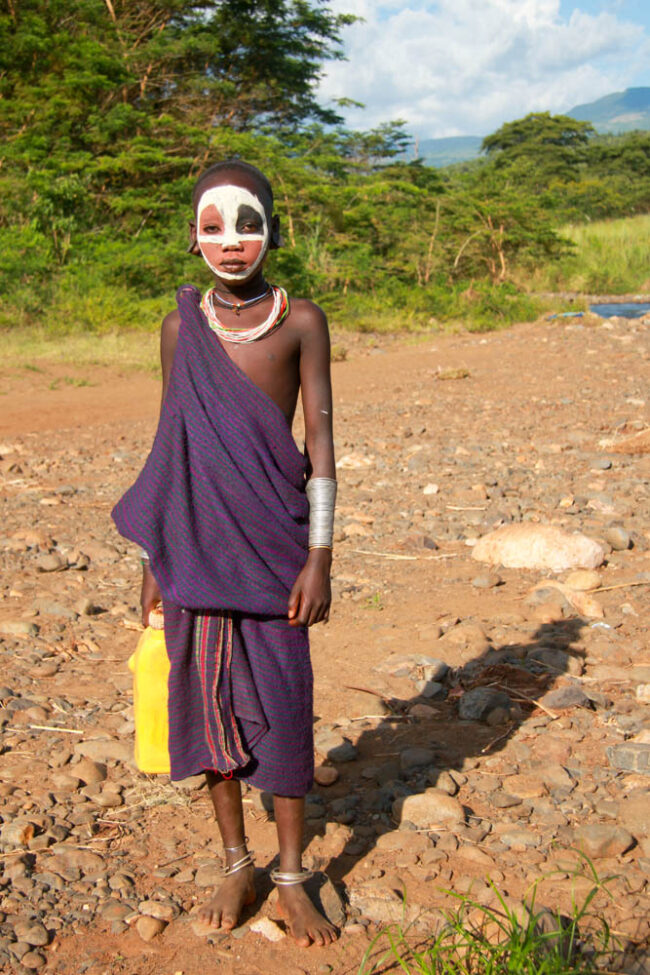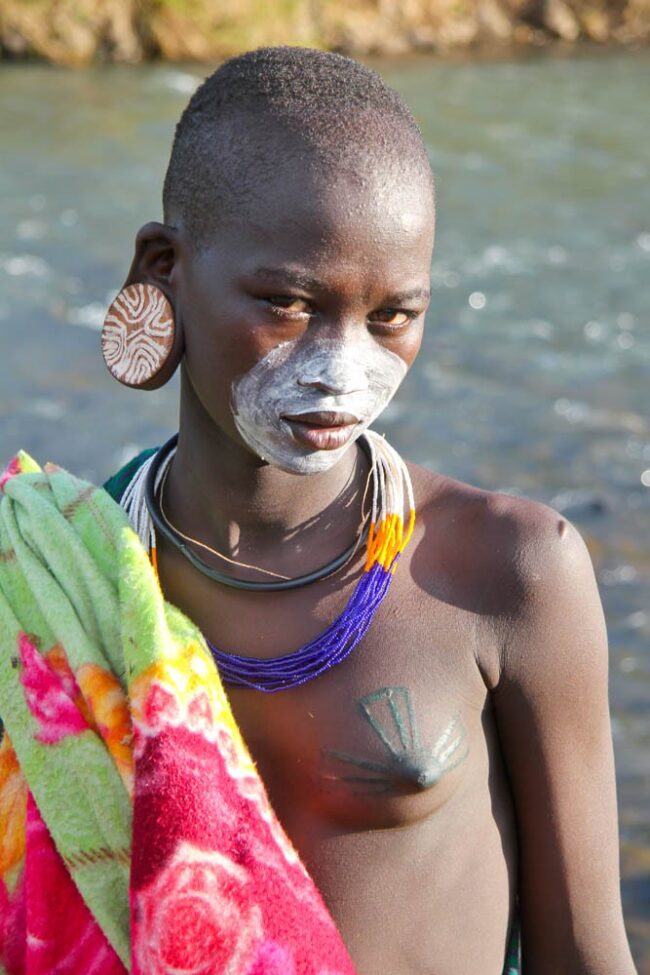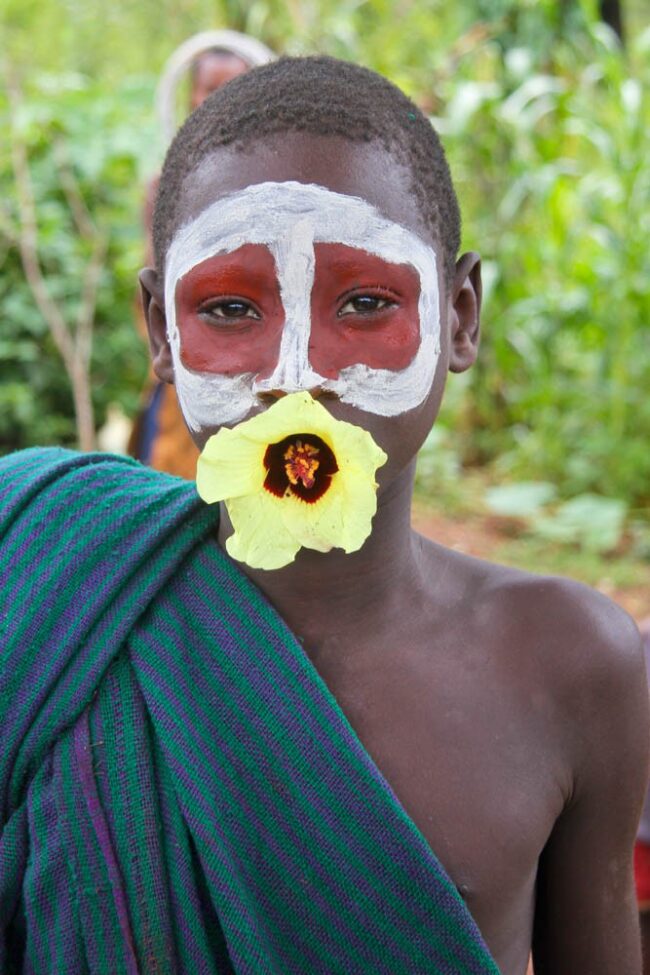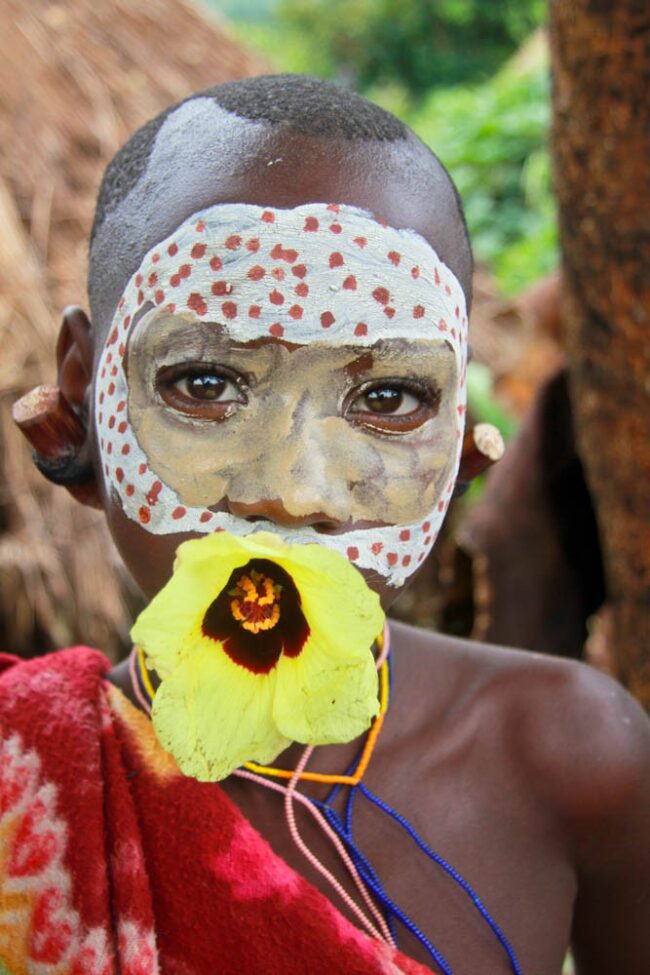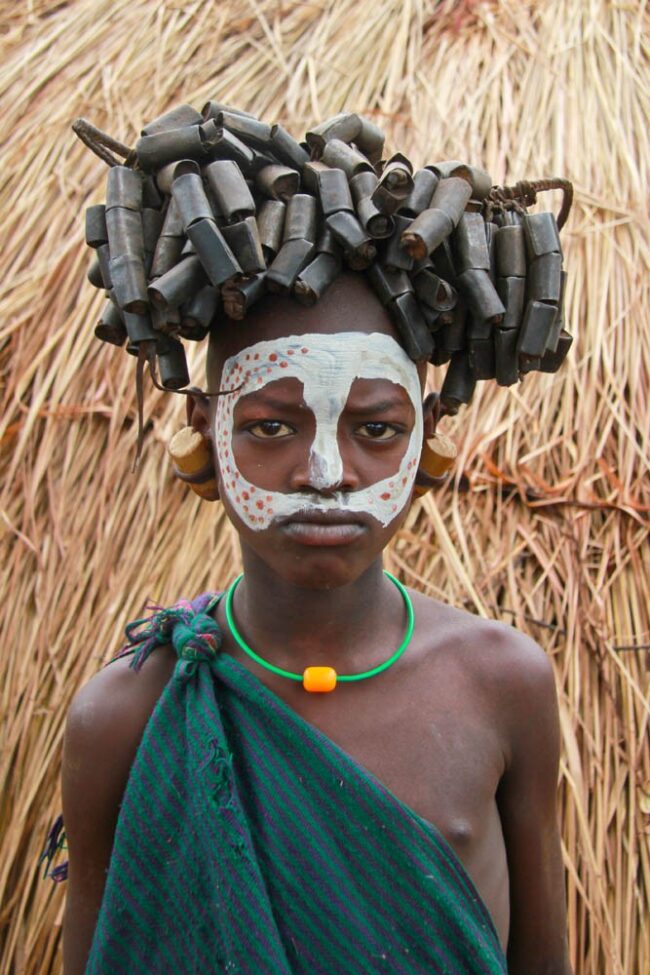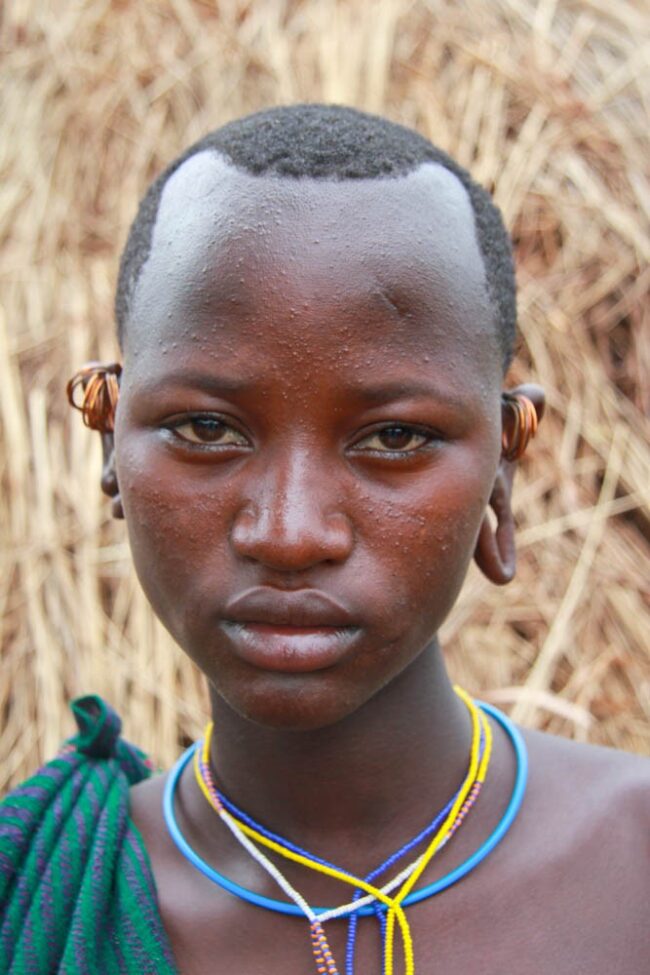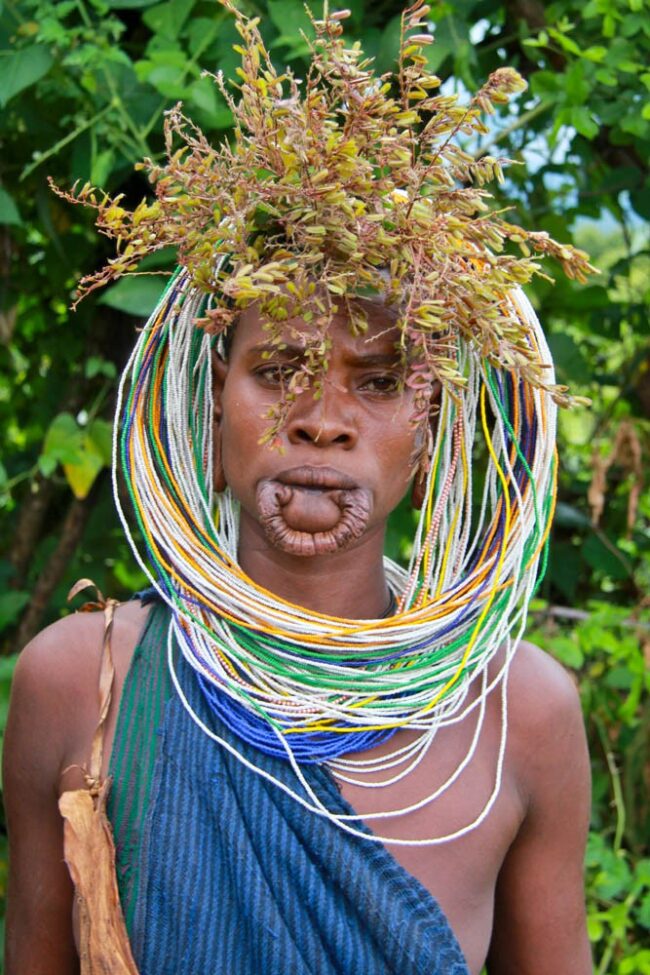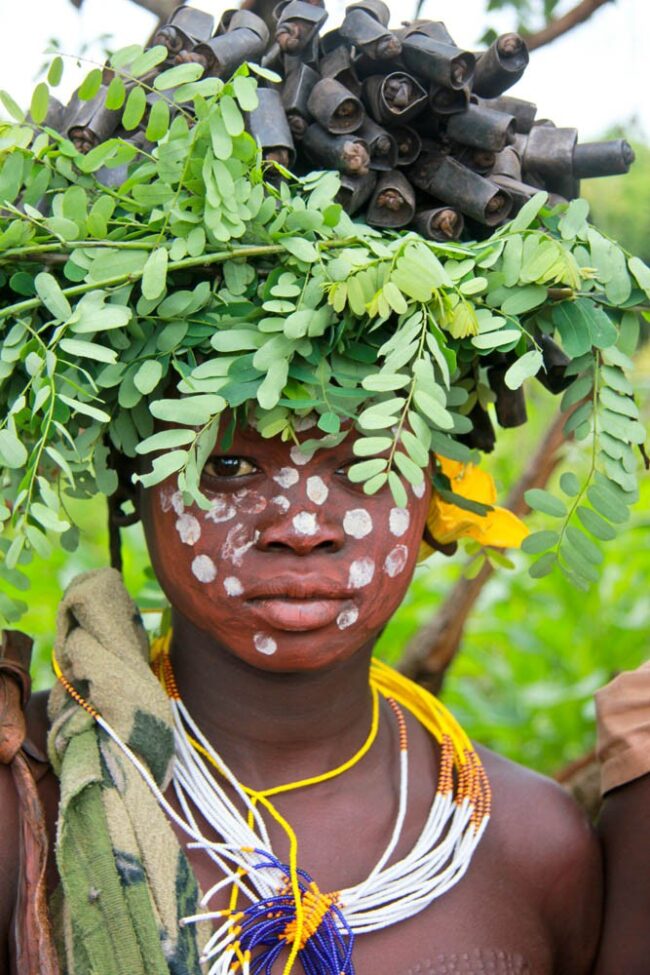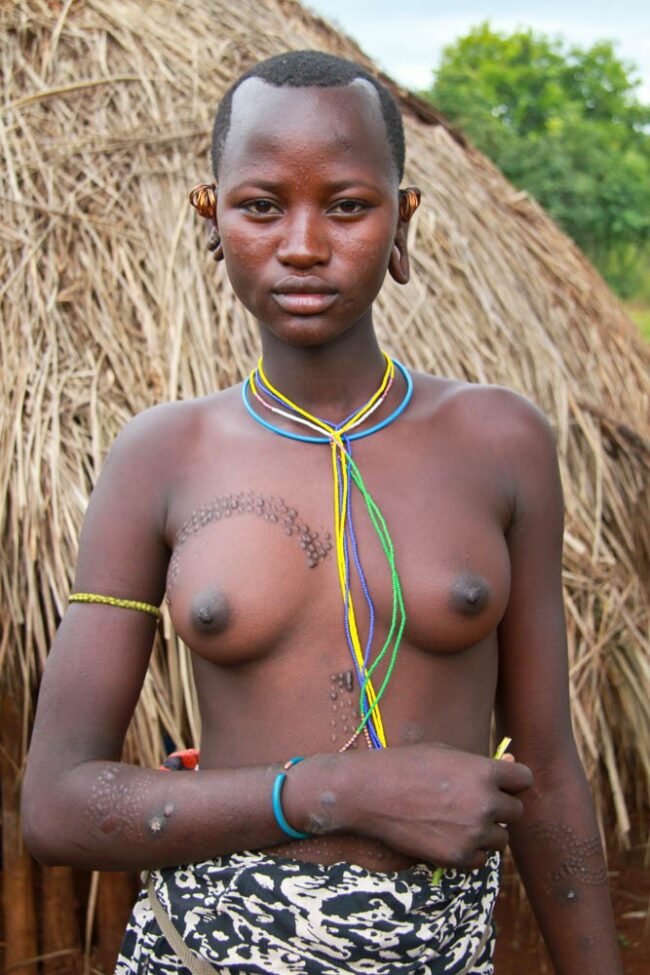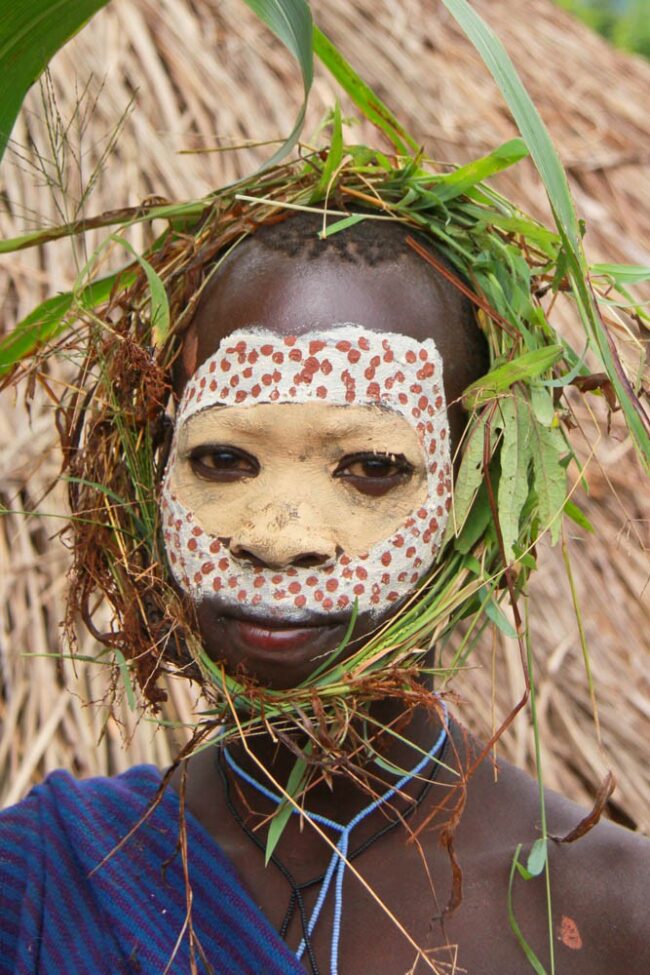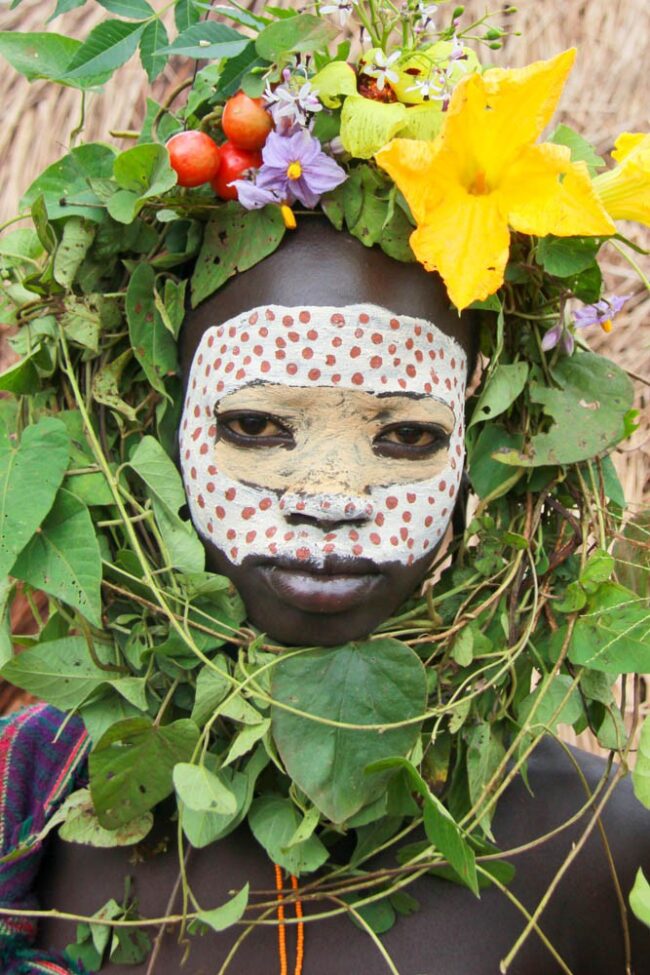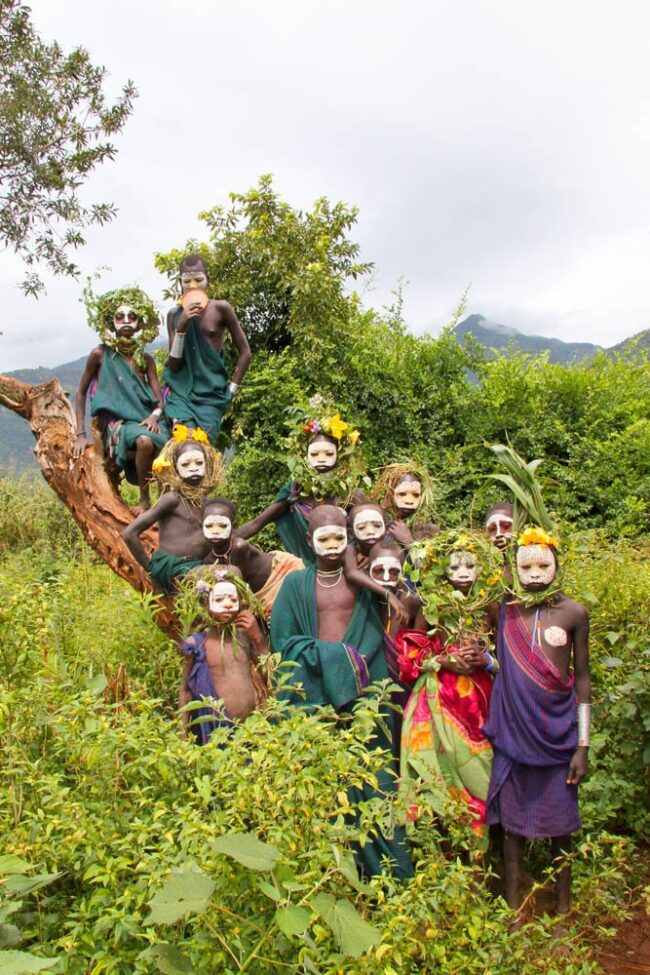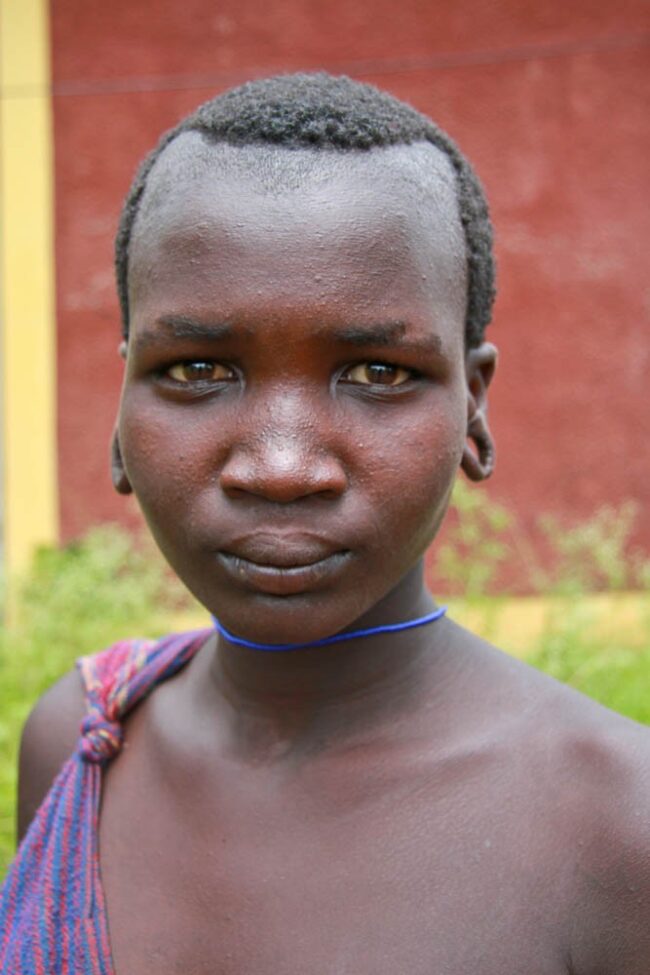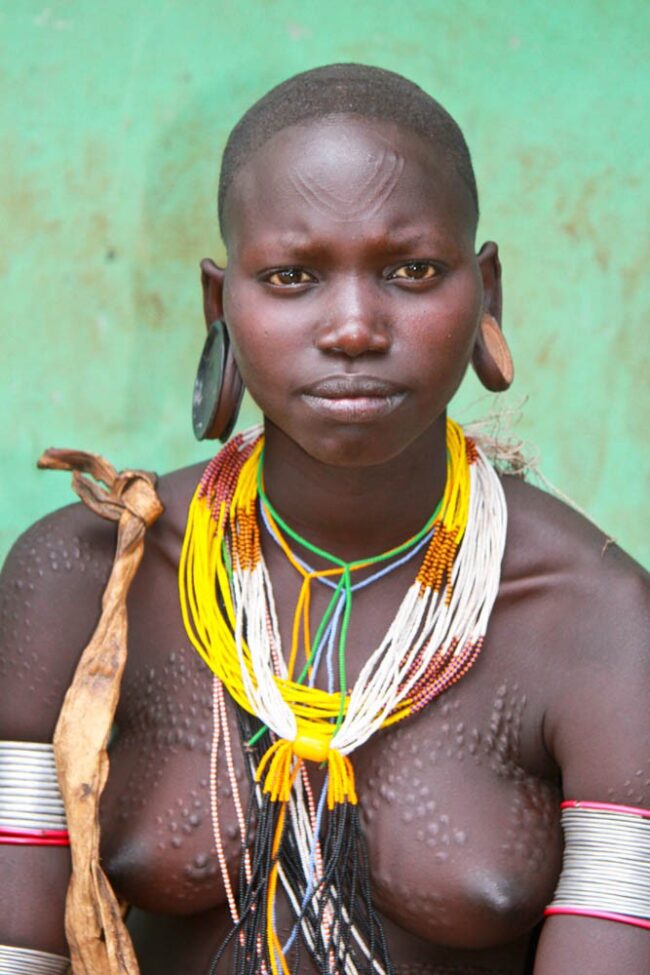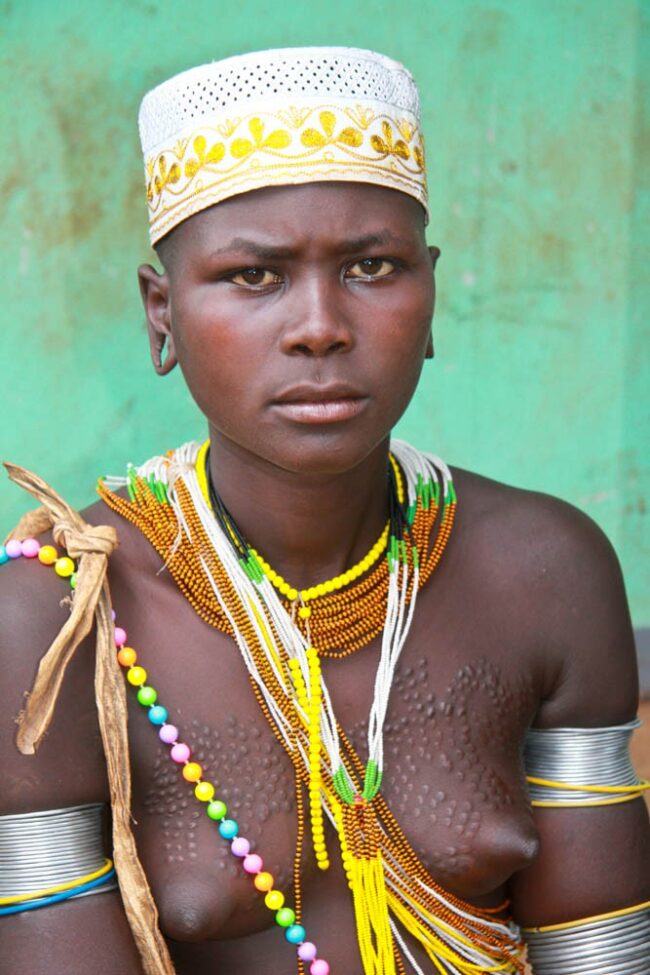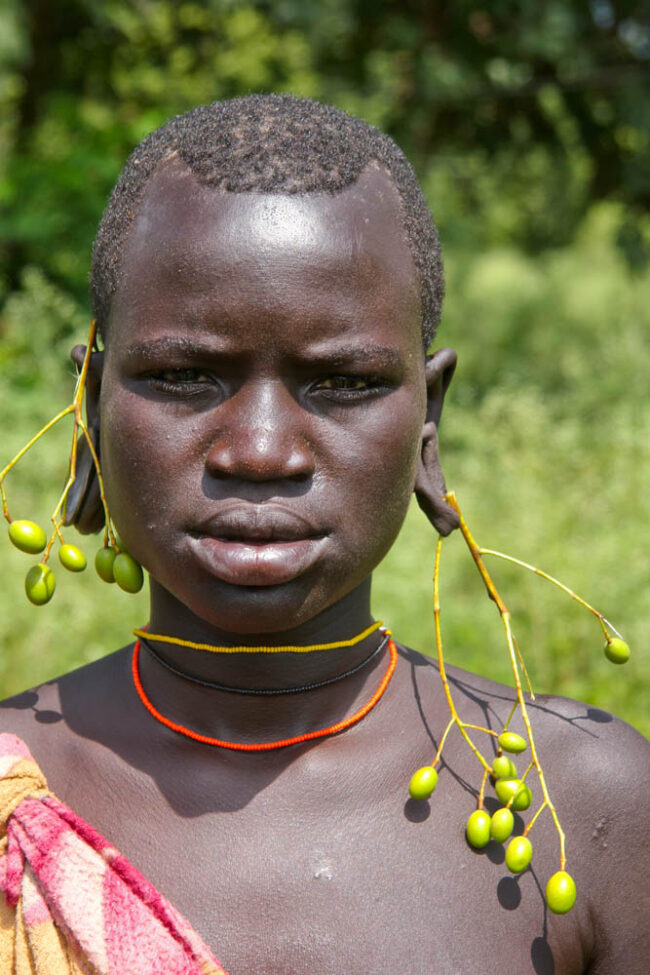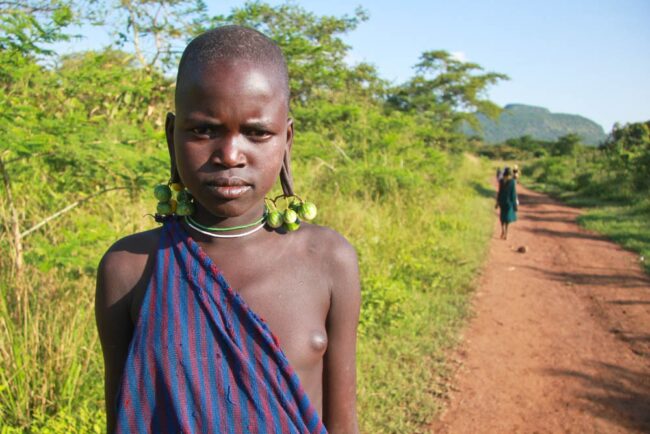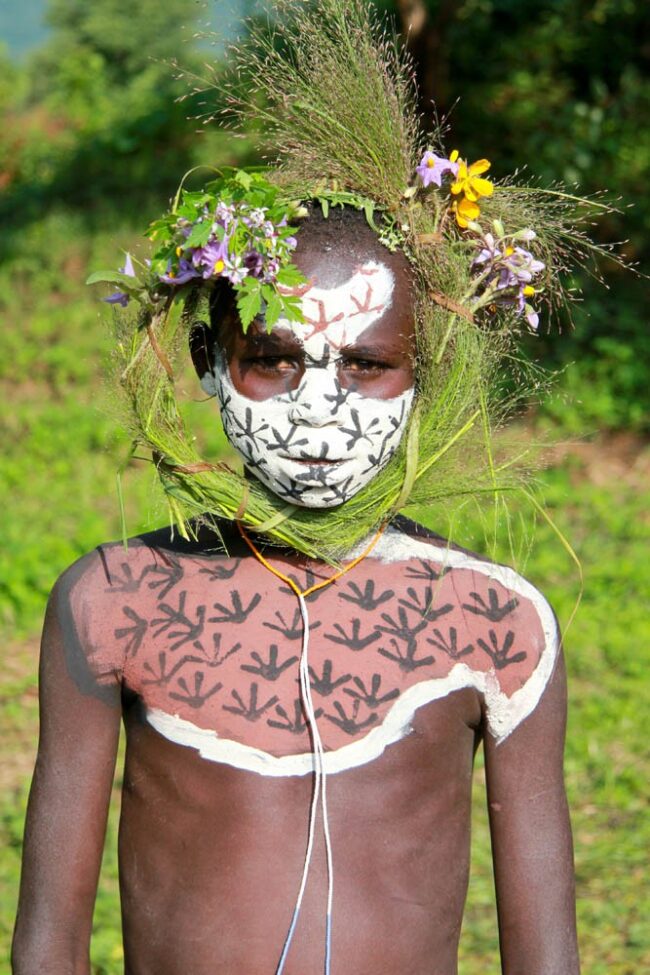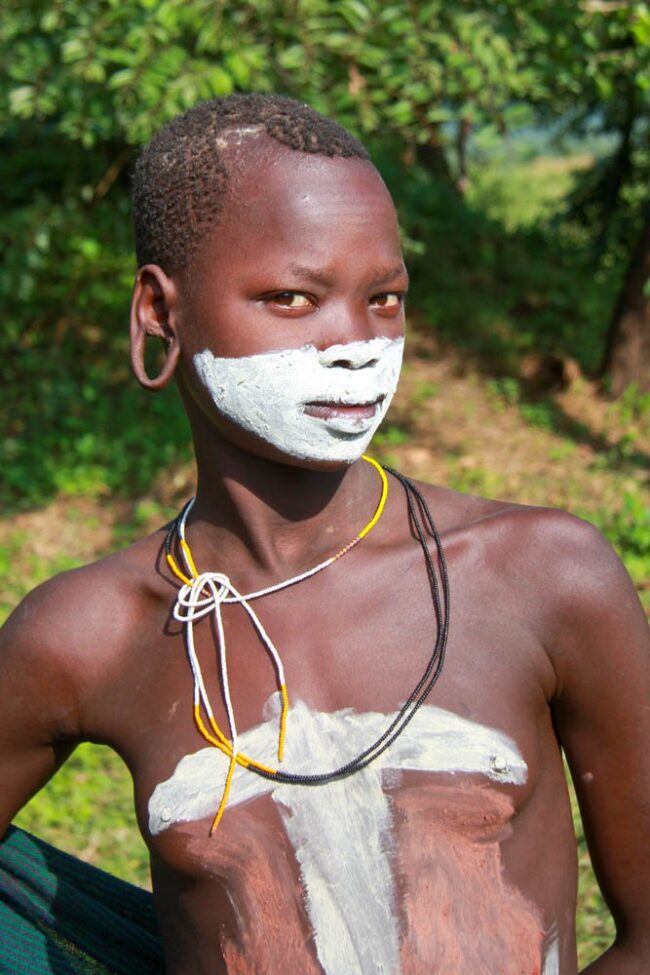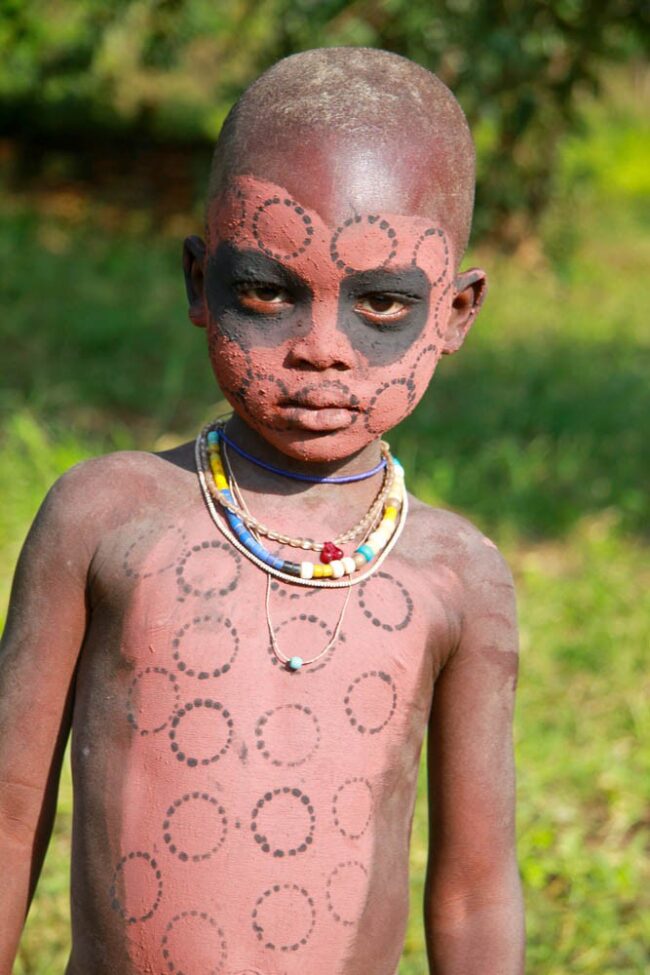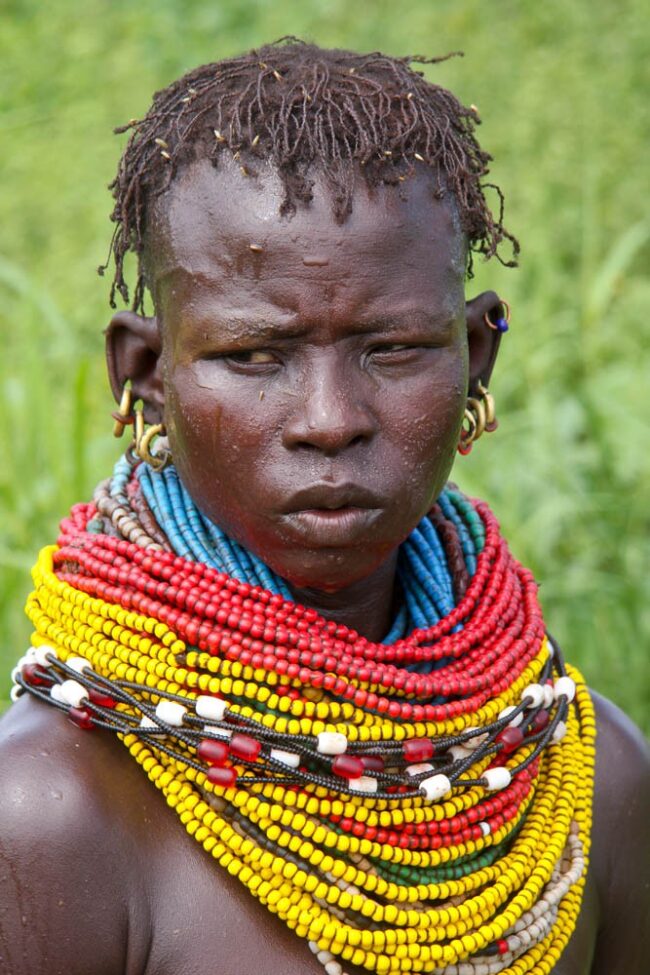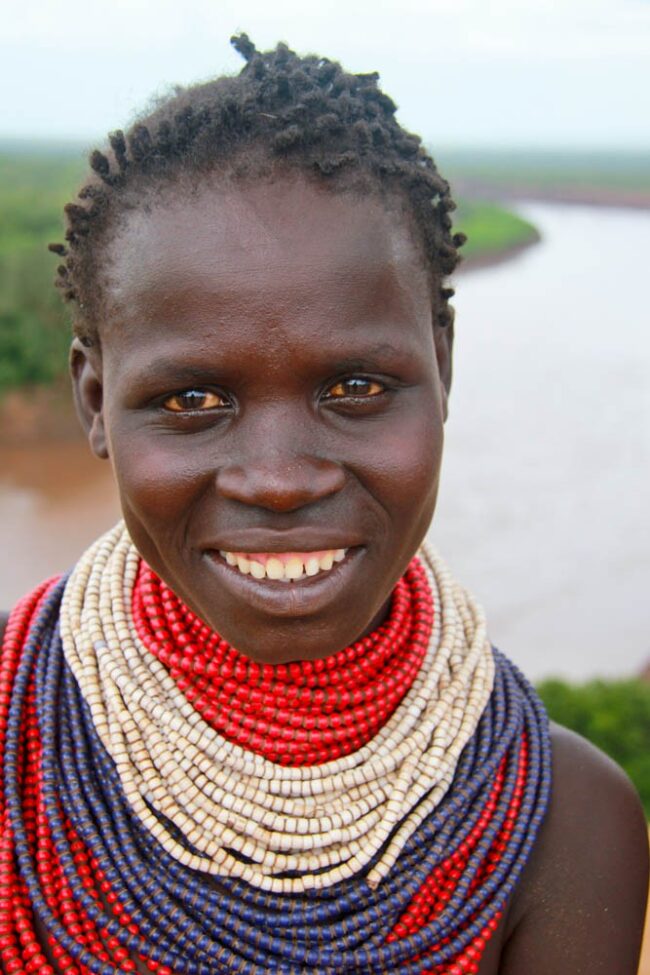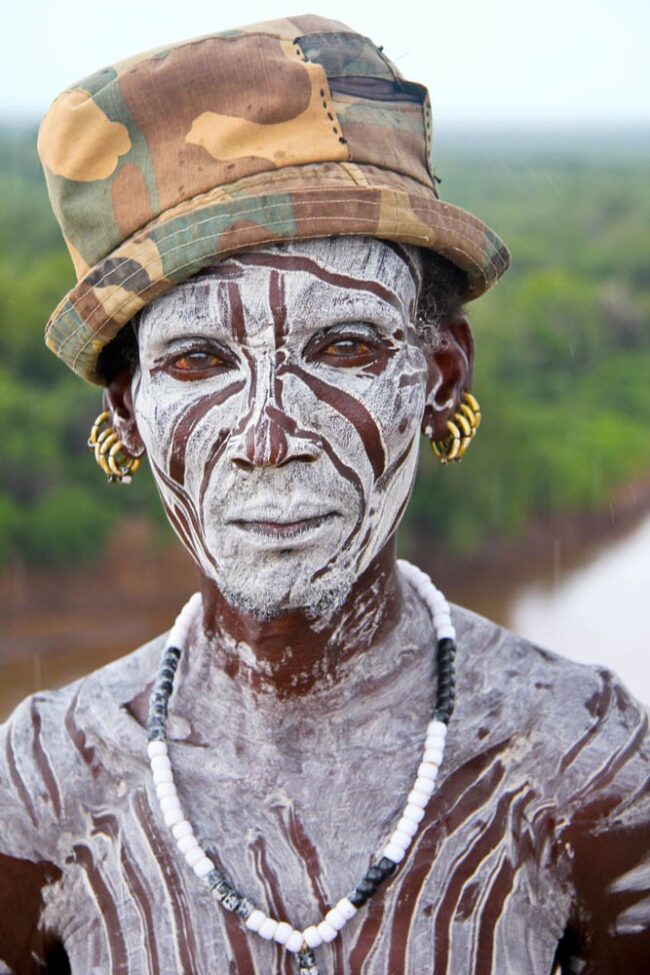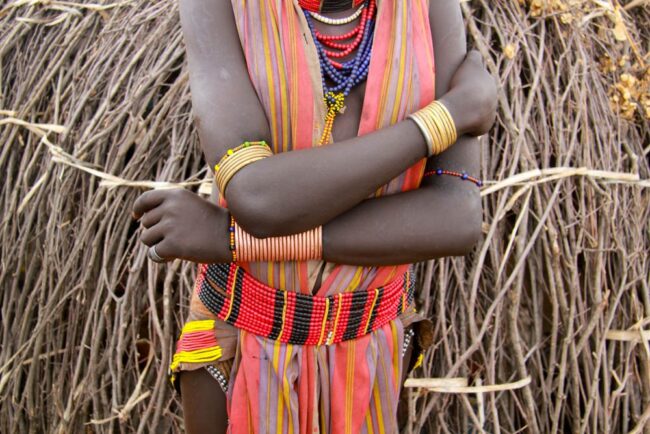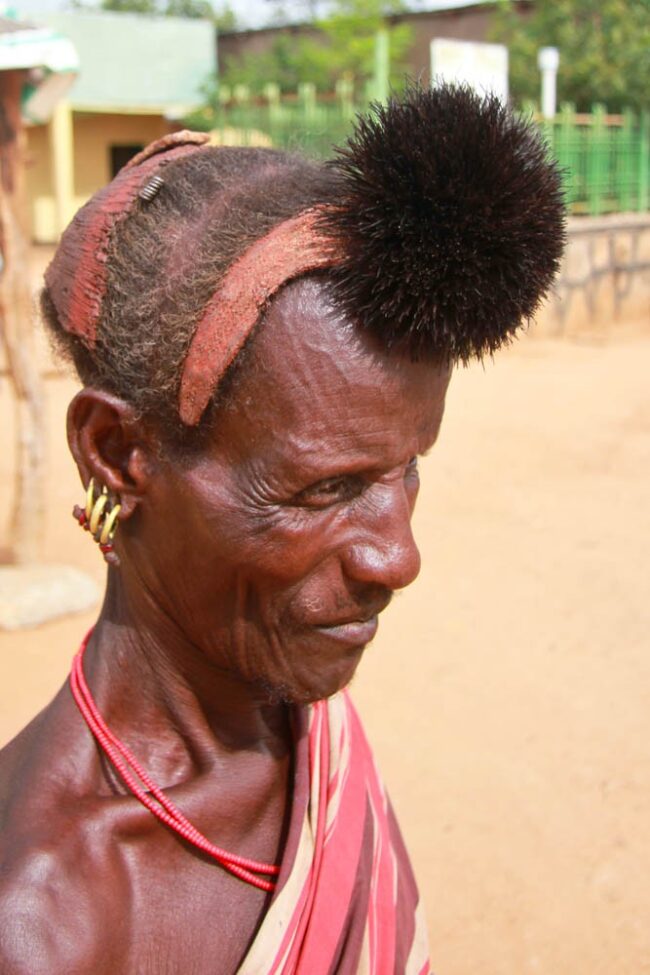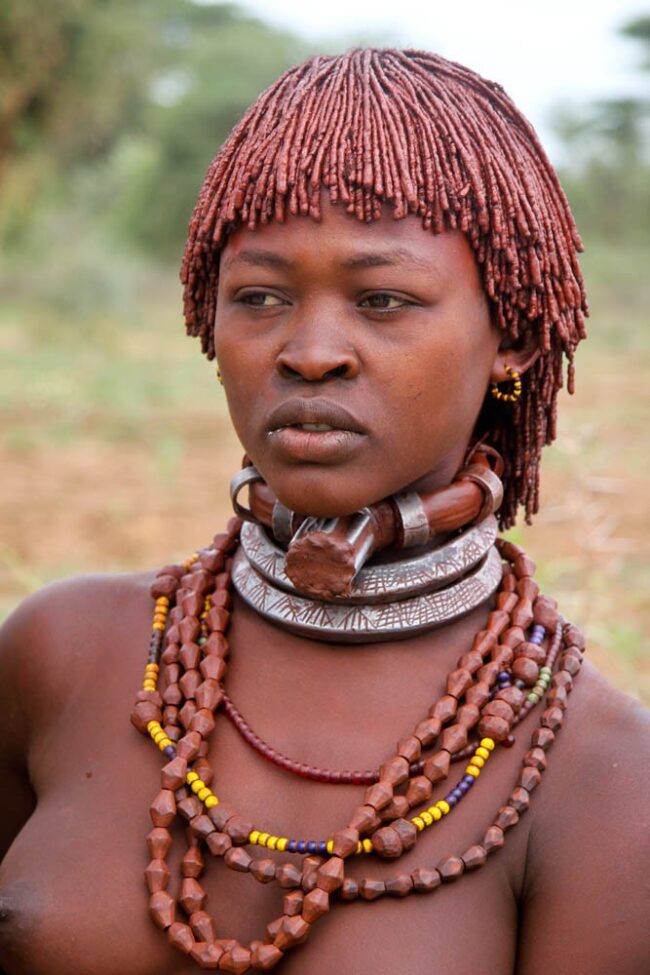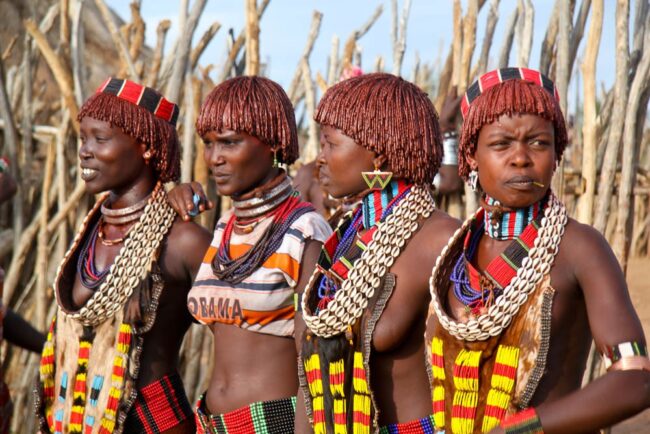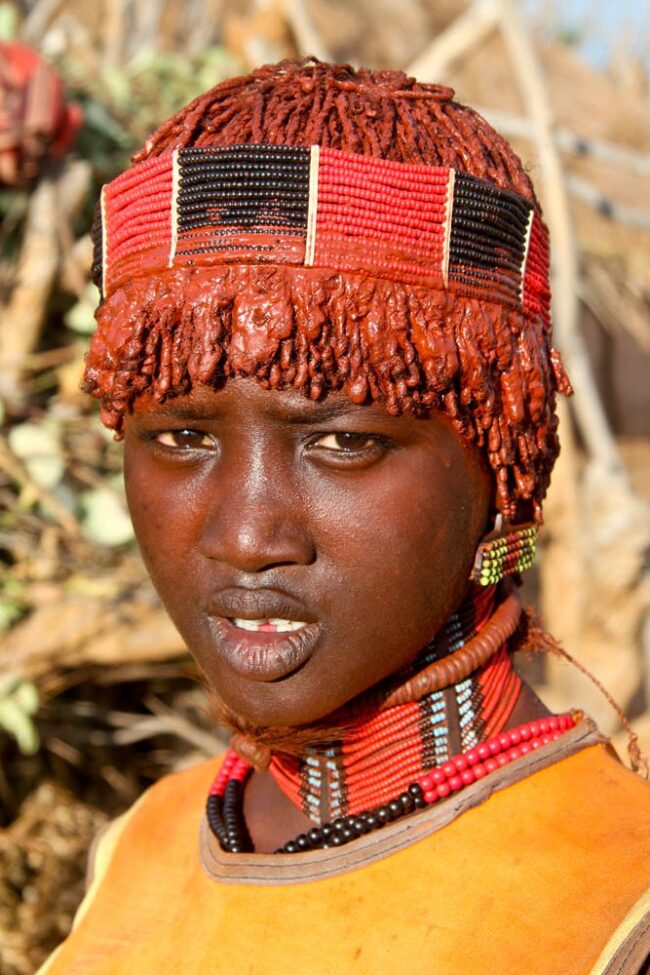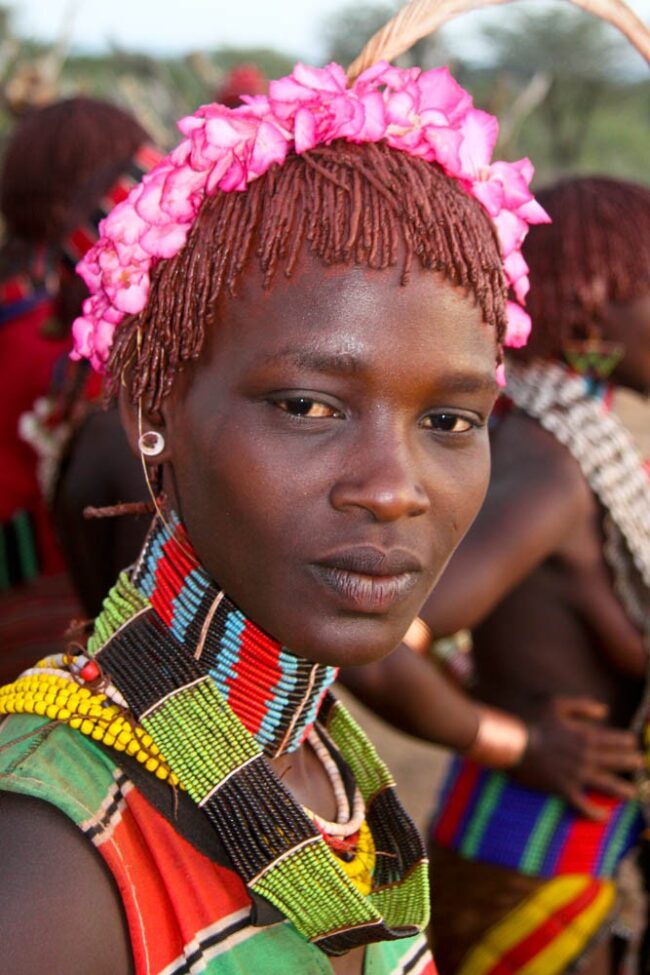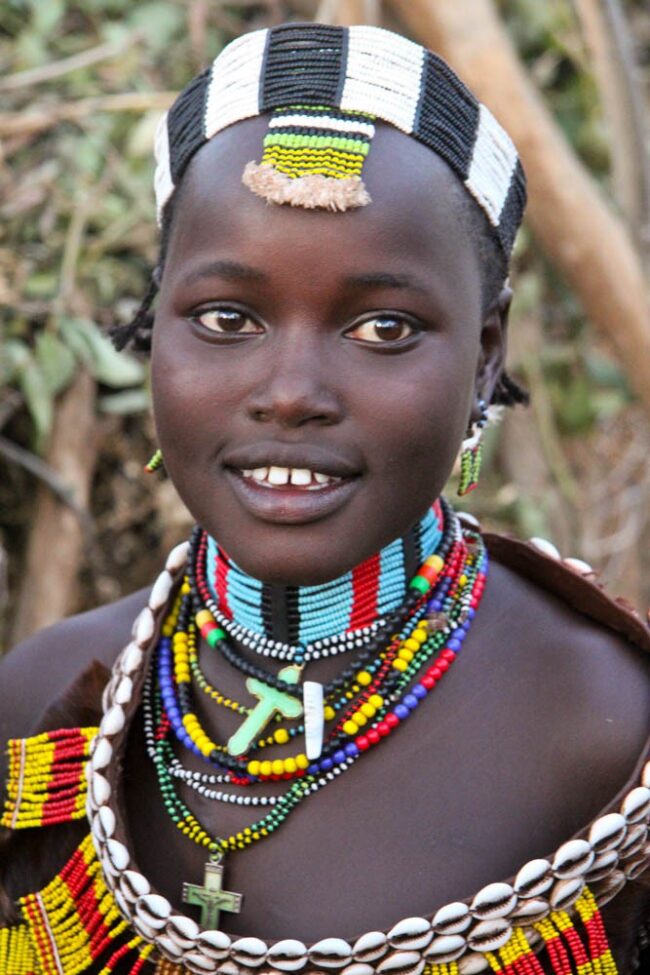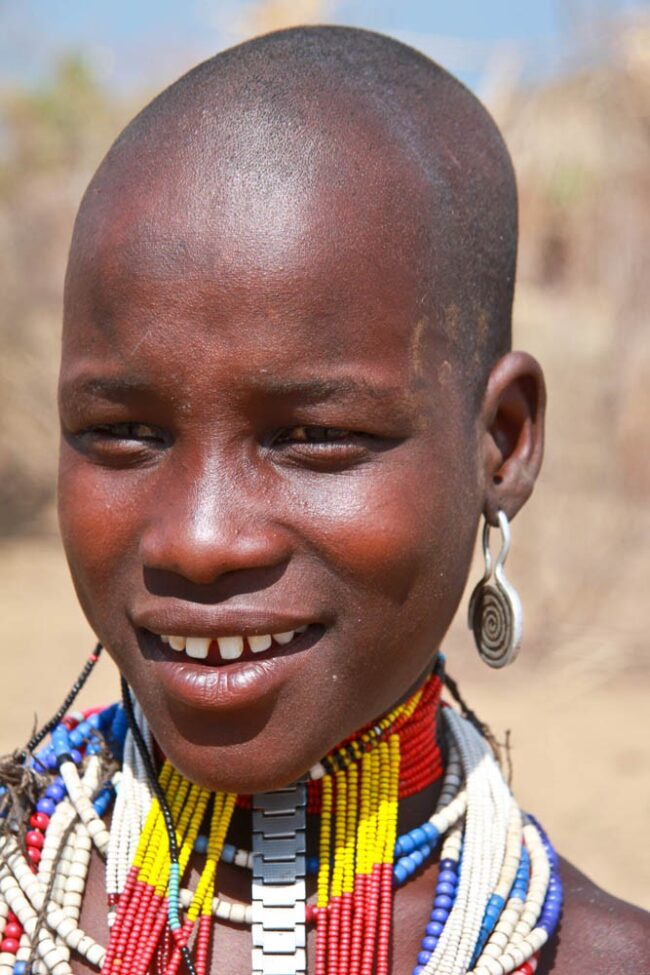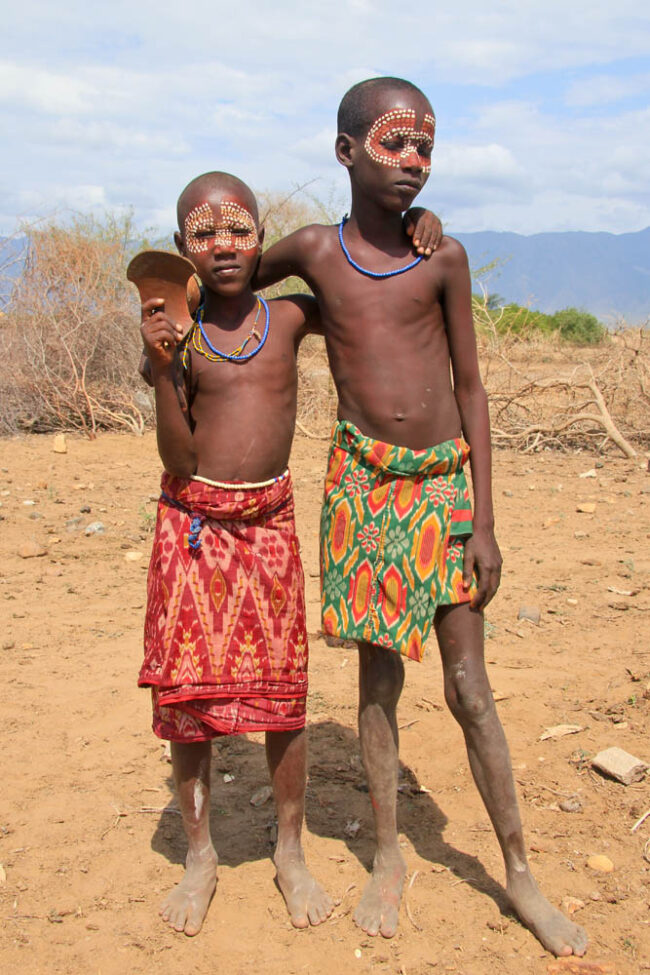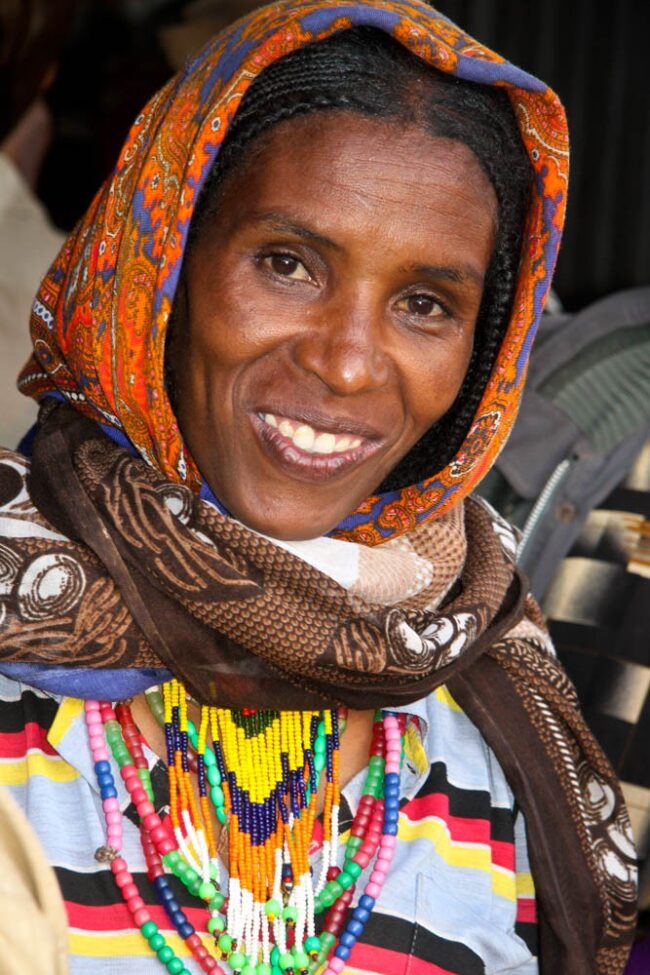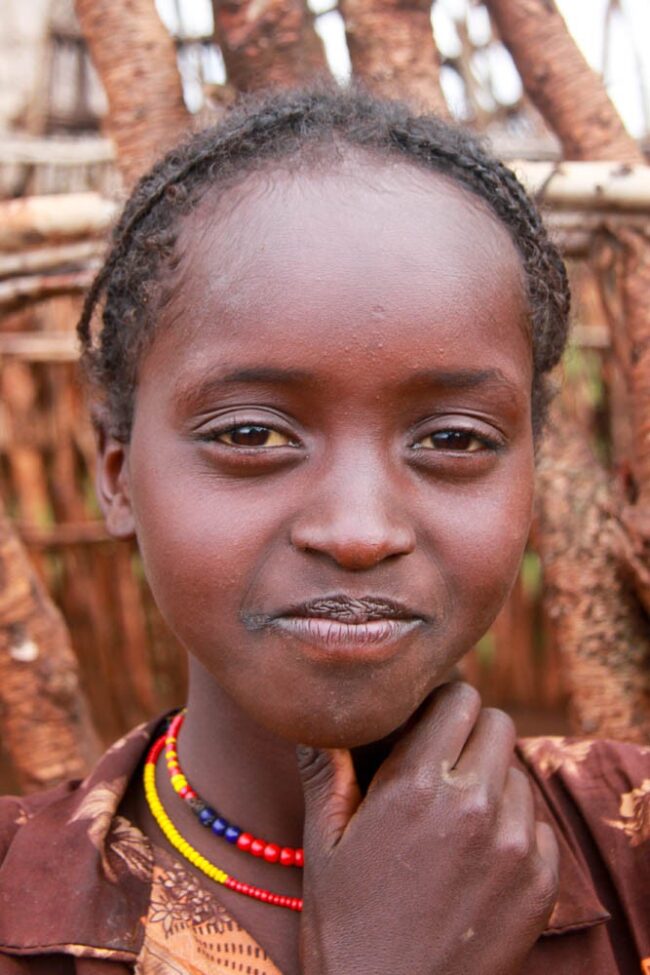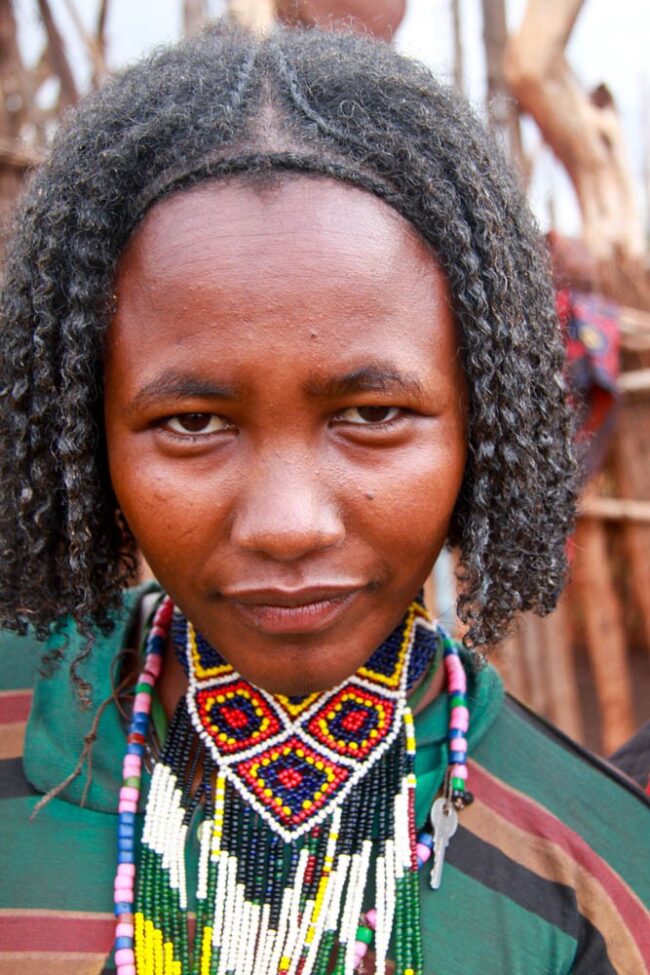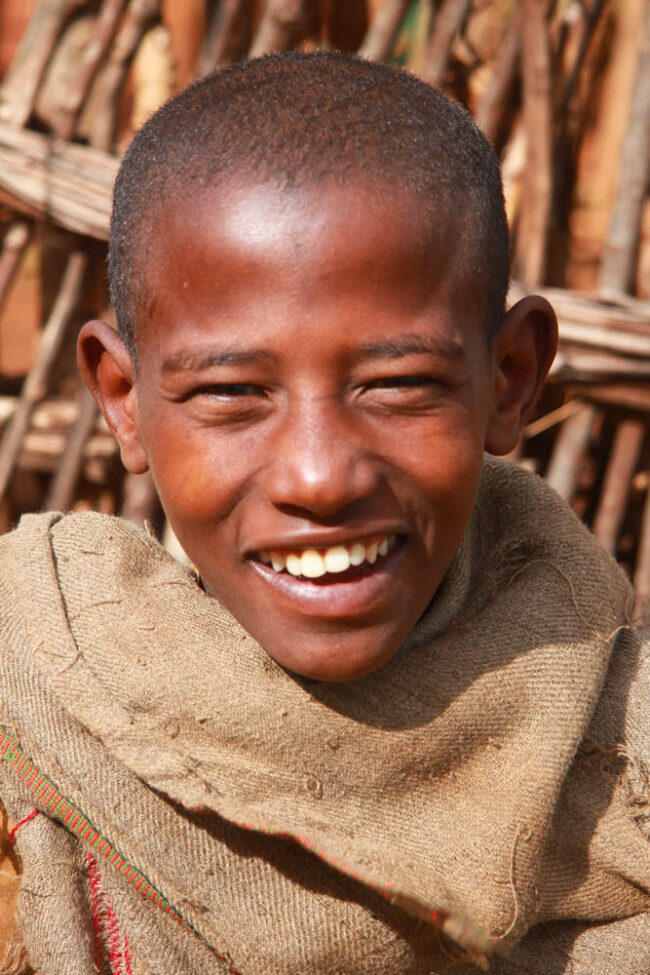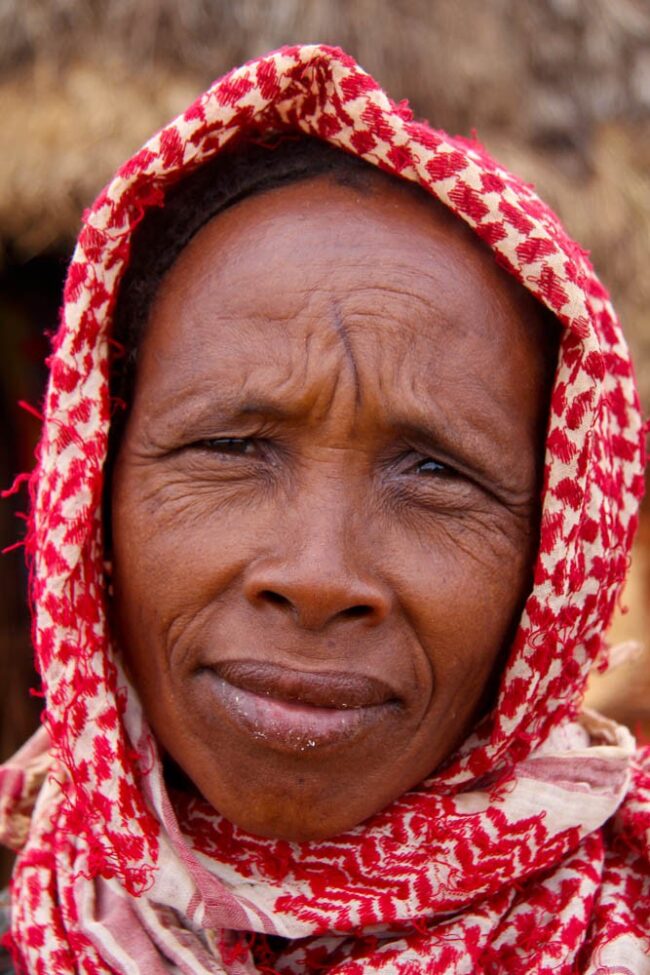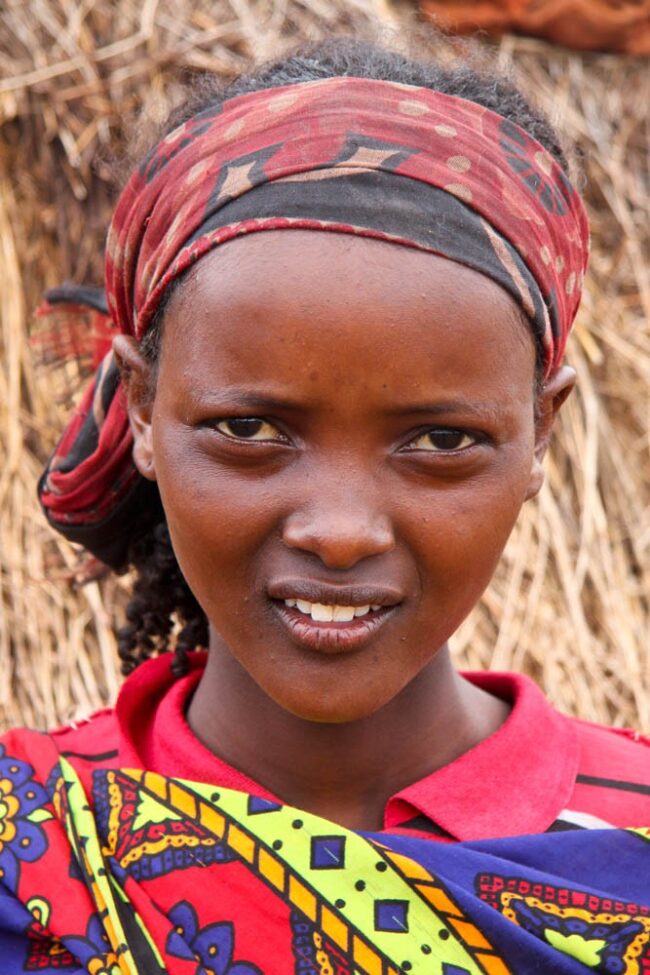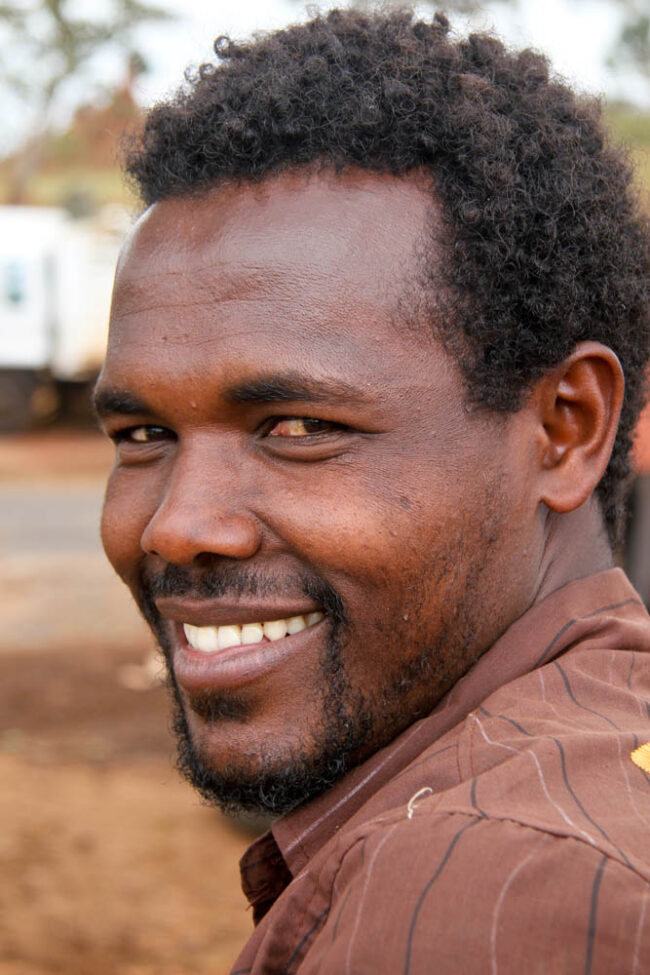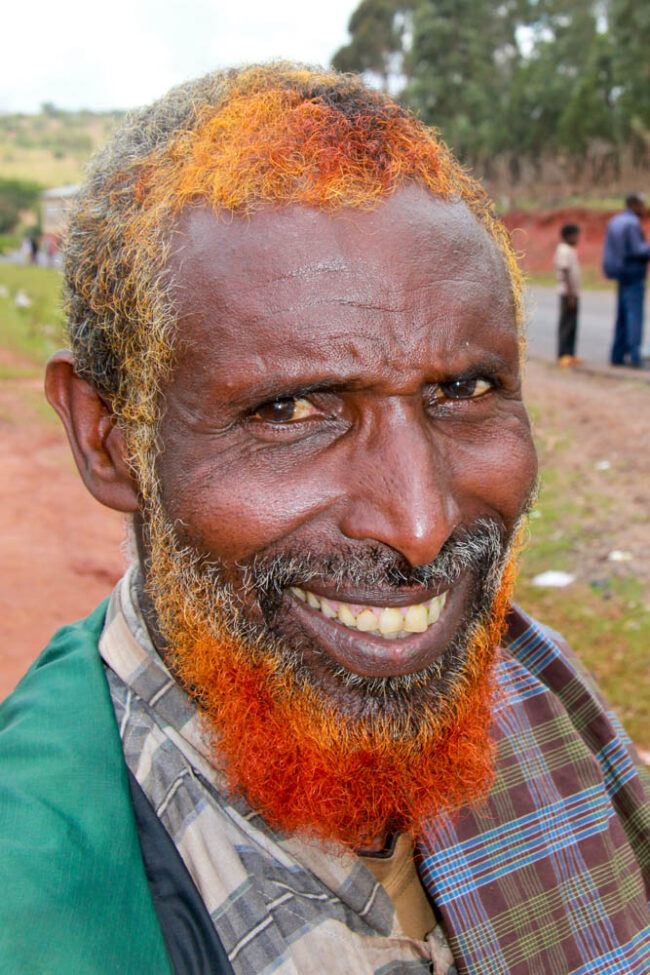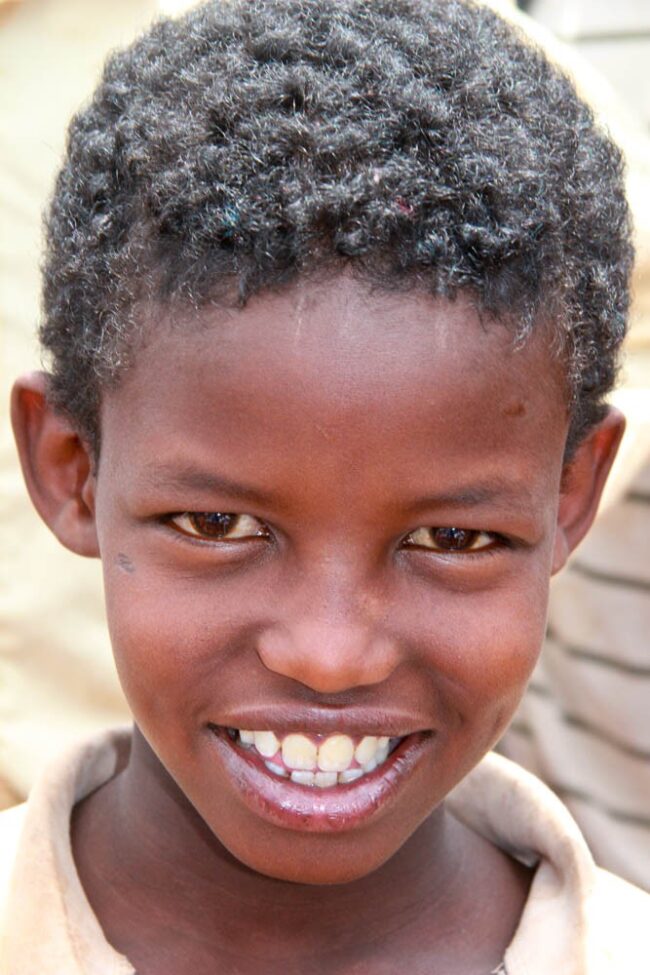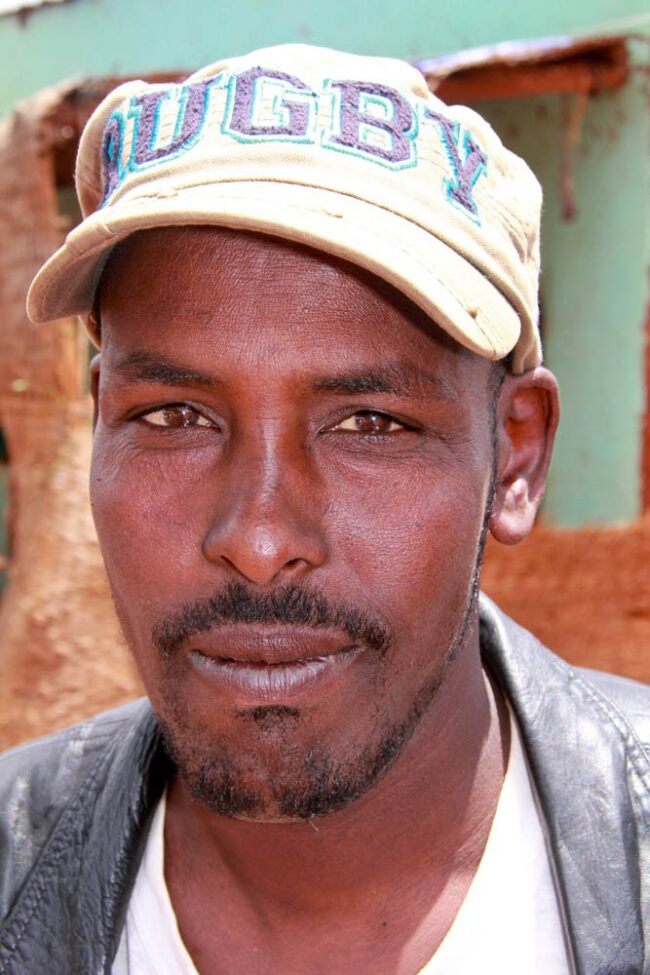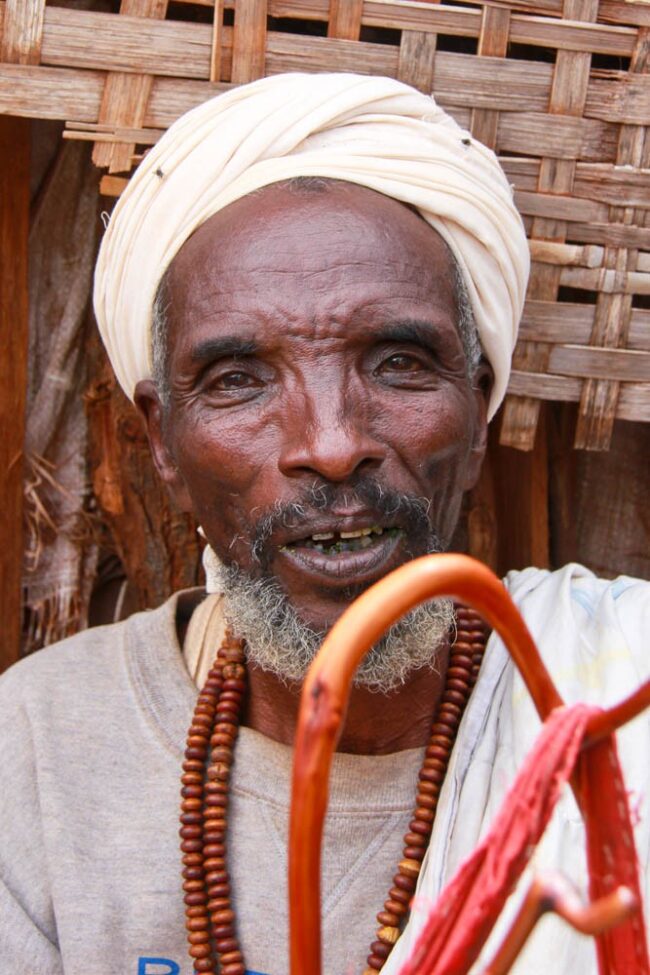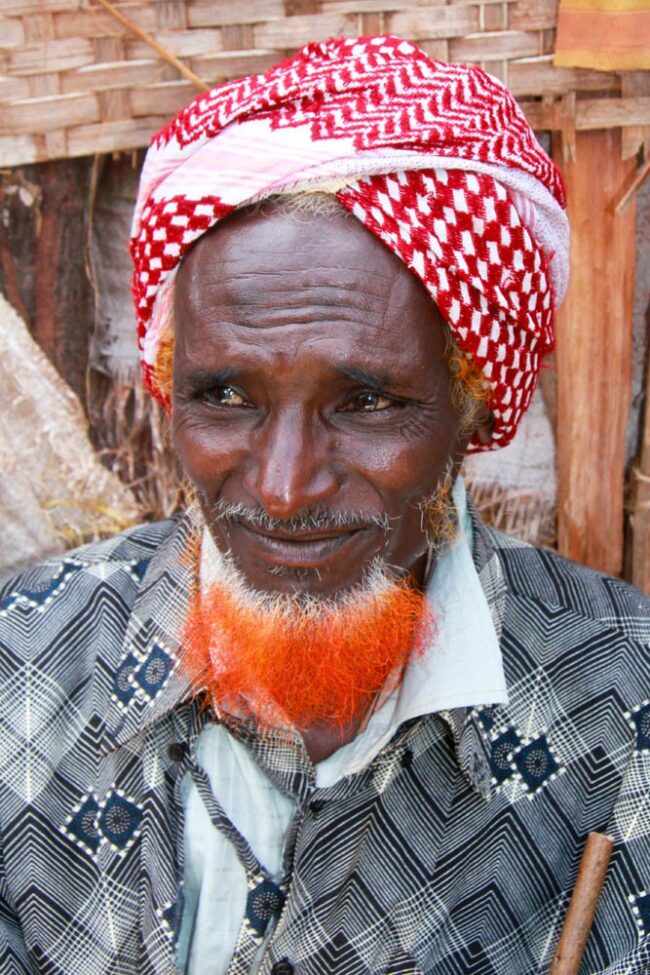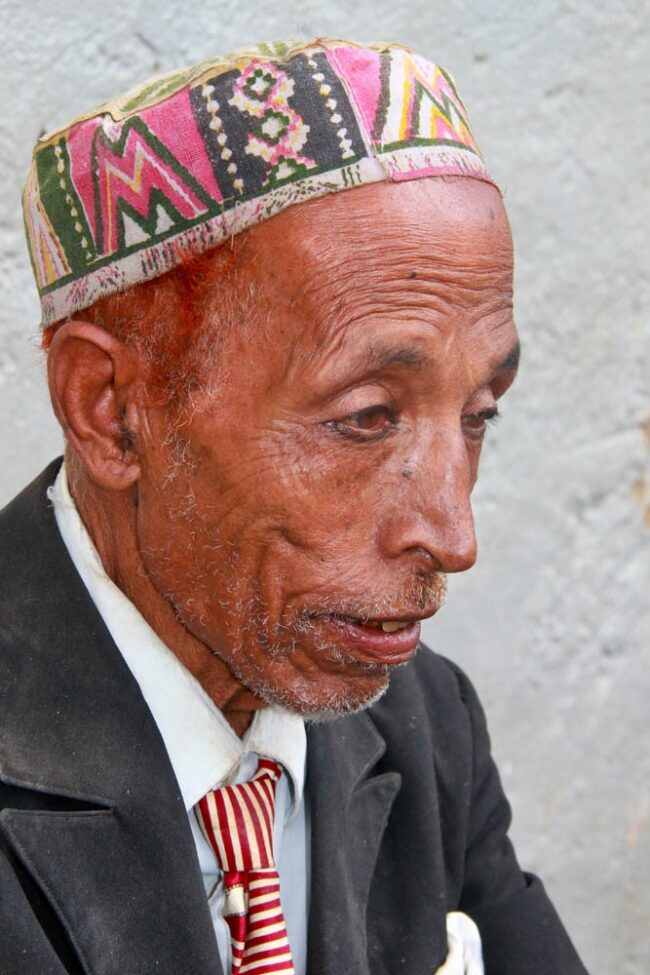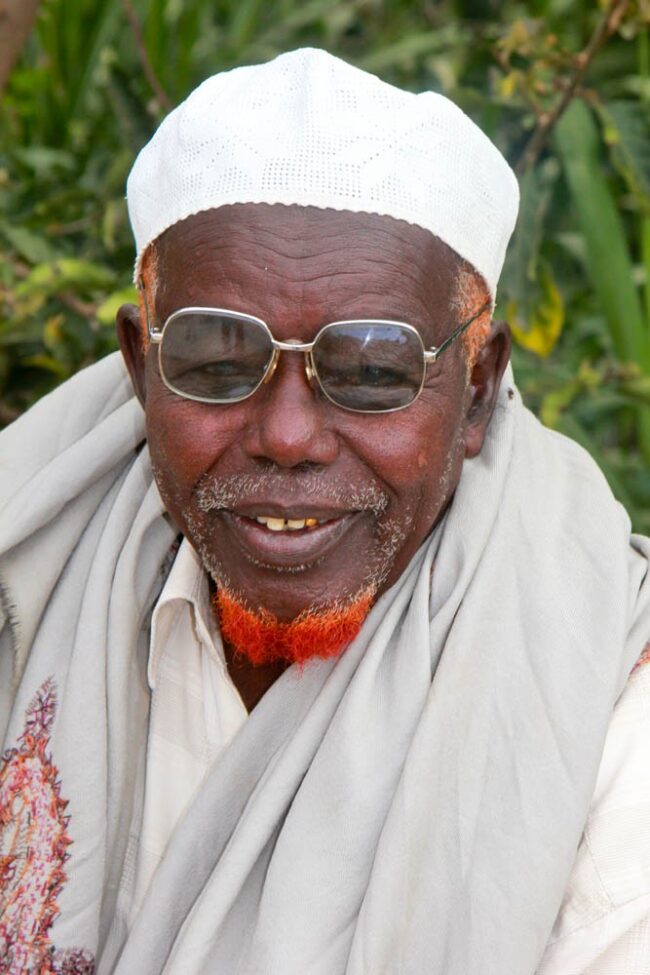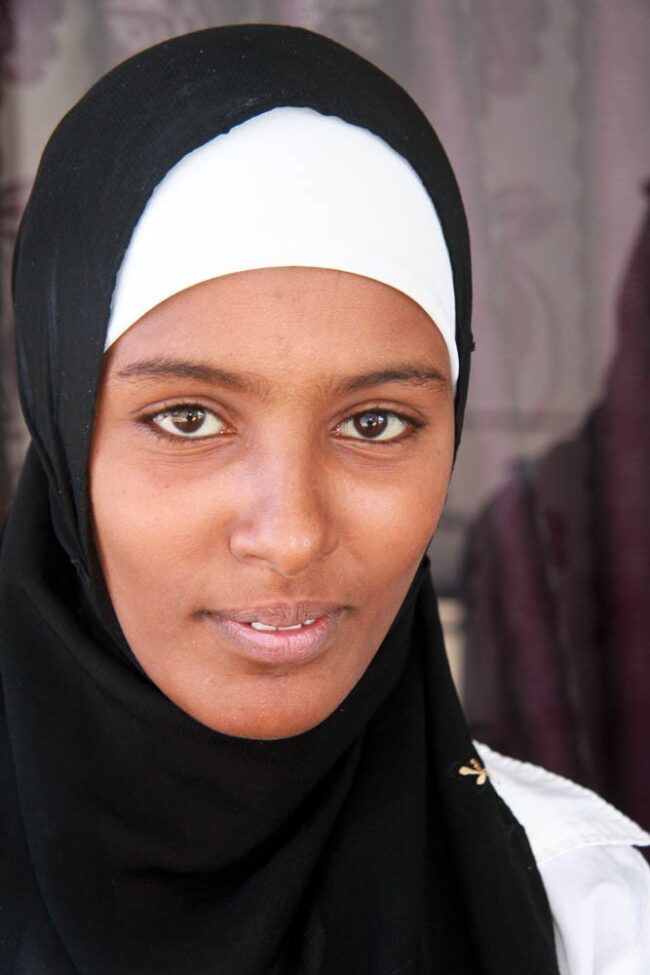Portraits of Ethiopia
2011
One of the implications of arriving at the age of 60 is that one senses there is no time left to waste and if there is somewhere one has always wanted to go, better to hit the road now… time is awastin’! For me, Ethiopia was just such a place!
In the early 1970’s after my mother passed away, our family house in Tiburon near San Francisco became something of a commune with many of us six kids coming and going and at various points taking refuge under the roof, plus we rented out rooms to students, the most memorable being Sarah Bekele from Ethiopia. She became a real member of our family as hers became part of ours. She was of Amharic ethnicity and from her we learned not only to enjoy their delicious national dishes but to cook them as well! And I have been advised ever since that I am one of the few white guys who can cook doro wat chicken stew just like a native.
We were all students at college together and there were several things I noticed about Ethiopians as a group. The women were exceptionally beautiful, the men strikingly handsome, and all were highly intelligent! They spoke of their homeland with homesickness and sadness, for its natural wonders and rich history but also with the grief that came from the disastrous losses their families had to deal with following political upheavals upon the collapse of the long reign of the emperor Haile Selassie. This brought on a very bad patch of frightening totalitarian rule by Mengistu Haile Mariam and they could not go home.
The urgency of my visit felt less pressing and could wait until peace finally came to that country which came about in 1991 but by that time I was more deeply than ever involved with Indonesia. I had to wait for yet another twenty years for the light to go on that if there was to be a time to visit the land of my sister Sarah Bekele, this was it and with the aid and encouragement of my friends Cindy Bendat who was already heading out to the Christian North and Bobbi Wagner of Lost Frontiers Travel who was setting up a trip to the malarial Omo River area to visit the Animistic tribes as well as hit Harar in the Islamic Southeast and on to the most dangerous of all, the Afar of the Danikil Depression, a land of dry salt lakes, giant camel caravans, “other-worldly” sulfur pond formations, volcanoes, and sorry to say, vicious kidnappers and murderers, as tragically was proven only two weeks ago when another adventure group was set upon by marauders. We traveled with at least one machine gun guard in every Land Cruiser but if you hit bad luck this would hardly help!
Suffice it to say that I took lots of pictures! Thousands in fact! And although others have done it, and done it better I hasten to add, I would like to share these images of people I met along the way and thus offer a Portrait of Ethiopia!
One of the greatest features of digital photography is that the image that is taken can be shared with the subject immediately. This made for a positive interaction, part business negotiation and part flirting with the camera. Some people were very shy but nonetheless permitted me to photograph them; others bordered on being true exhibitionists, thrilled to show off the beauty of their physicality, body paint and floral decorations.
The sequence of portraits begins in the North with the Tigray and Amharic agriculturists, practicing an Orthodox Christianity since the 4th Century; they are especially famous for their stone carved churches on the top of mountains. I climbed some of those mountains and I can say it would be much easier if I were an angel and could have flown!
The people we visited in the South were fascinating and offered a unique expression of the human body as an artistic medium. This was especially true of the Surma who although culturally related to the hostile Mursi, live in a more remote and inaccessible area and are therefore less spoiled by tourism. The women are famous for their lip plugs and scarifications while the young boys and girls put on great displays of body paint, some patterns of which they feel resemble animals. I got along well with the natives because I followed a long time rule that has served me well among the headhunters of Indonesia, “Don’t mess with their women folk!” irresistible though they appeared at times…
Included as well are the Karo People, also known for body paint but a different style. The Hamar were perhaps my all time favorite tribe with their red ochre hair and proud bodies ready to dance. The photos you see were mainly taken at an innitiation ceremony for a young man of marriagable age, with many lovely young women to attract his fancy! The Borana are known for beads as the Muslims are for hennaed beards. The Afar do not take kindly to photographers and I of course respected their wishes. But in due course I hope to show some of the wonders of the land they inhabit, the driest and geologically lowest in the world and amongst the most seismically active. Looking into a boiling volcano lake after a 12 km hike at night up a slope rising thousands of meters was a personal best and made me feel that old saying is true: You are only as old as you feel, and I can tell you after that I felt “over the hill” literally and figuratively but it turned out to be one of the greatest experiences of my life… And now I will stop with my going on verbally so, seeing as how I can never say enough to adequately describe the wonders of what I saw but rather, and speaking of old sayings, let these pictures be worth a thousand words each!


